Today we boarded our bus, sorry, coach, for a day in the hills north of San Jose where conditions are right for coffee production as well as raising fruit crops like strawberries and raspberries and where cows are grazed for milk production. We also visited the La Paz River Waterfall and Nature Preserve.
In the process, we discovered one indicator of Costa Rica’s economic health. Coffee bean picking, a very much manual job, is done by Nicaraguans who come each year for the harvesting season. They are paid $3 for 24 pounds of beans, which, when shucked and whatnot, produce 4 pounds of coffee beans. A good picker can average ten 24-pound containers a day, 7 days a week for four months. That’s, what, about $3,600? The purchasing value is twice that in Nicaragua, so the workers are happy and the plantation is happy. No self-respecting Costa Rican would work for that kind of money.
I mentioned earlier that agriculture accounts for about 4% of Costa Rica’s GDP. Coffee is a significant portion of that total, but still, it isn’t all that much. The Doka Coffee Plantation that we visited this morning produces coffee, but none for export. It operates on about 150 acres and produces about 15 million pounds of coffee a year. It produces coffee for sale in its gift shop and on line. It’s also featured in high-end restaurants and coffee shops in Costa Rica. So does its contribution to GDP count as “agriculture” or is it really “tourism”?
Incidentally, I have another economic indicator. In many developing countries – Kathmandu, Nepal comes to mind – the power and telephone infrastructure is an absolute nightmare. Yes, I’m an engineer and sensitive to such things, but the hodgepodge of wires, hundreds of them in totally random configuration, are strung from one pole to another. Not here in Costa Rica. All the wires are neat and orderly.
We were shown the coffee production process, much of it manual or with antiquated machinery, that’s been used for 100 years. Until, that is, this year, when modern high-efficiency machinery has replaced the old. Before, coffee beans were dried outdoors in the sun, requiring hourly stirring with a wooden rake and quick-as-a-bunny covering of the crop with plastic sheets when rain threatened. That’s all done by a drying machine now.
I couldn’t independently confirm it, but someone said that the operation had been recently purchased. I’m wondering if the new owners bought the Doka brand and are responsible for the modernization.
The La Paz Waterfall and Nature Preserve, as its name implies, has two main features. We first visited the nature preserve part of the complex. It’s a collection of animals, birds, butterflies, snakes, bugs, and plants. All of the fauna are rescued and brought here for rehabilitation or permanent display if they are unable to return to the wild. Here’s a link to their website if you’re interested: https://waterfallgardens.com/la_paz_waterfall_gardens/
Everything from the largest jungle cats in Central America – Pumas, Jaguars and Ocelots – to the smallest insect and the tiny butterfly eggs. All the big-name birds – Toucans and Parrots and so on. Monkeys, snakes – both venomous and nonvenomous, you name it.
Like the archeological evidence found in Central America, the flora and fauna are imports from North America and South America. It turns out that Central America didn’t become the land bridge that it is today until volcanic eruptions occurred about 10 million years ago. That’s a blink of the eye in geological and even evolutionary timescales. Many crops, such as coffee and bananas, are imports form Europe, Asia and Africa.
I’m an amateur birder, emphasis on amateur. There are almost 10,000 species in the world. My life list is at 75. I only count those that I have photographed and those that appear in front of my face. I don’t do any real active bird hunting to speak of. So it was tempting to add the birds today to my list. But my other rule is that the birds have to be in the wild. Caged birds don’t count.
I’m not going to tag today’s pictures with the name of each creature. For me, naming creatures is not my thing. I like to enjoy fauna for their appearance and personality. Besides, my rapidly anthropomorphizing brain isn’t capable of remembering names of people, places or things for more than five minutes. So enjoy today’s pictures for what they are, nameless though they may be.
The second part of the visit was a hike down to the la Paz river where there are three fairly impressive waterfalls to be seen. The walk down through what is probably termed a cloud forest was quite nice. The foliage was interesting and colorful. Fortunately, there was a shuttle bus near the bottom of the hike so we were spared the entire return hike up the hill.
Then back on the bus for a return to the Marriott, about an hour and a half. We spent a fair amount of time traveling today, and I did make a few images to try and capture a bit of what life is like in Costa Rica.
We passed by the San Jose airport where we witnessed an interesting Costa Rican pastime. Literally hundreds of people gathered around the approach end of the active runway to observe takeoffs and landings. It was like a football tailgate party. Barbecues, ice cream vendors. A pleasant Sunday afternoon time with family and friends.
Tomorrow it’s bags ready at 6:30 AM and on the bus at 8:45. We go downtown for the National Theatre and the Gold Museum. Then, on to Puntarenas and the Bellot for our cruise to Panama and the canal.

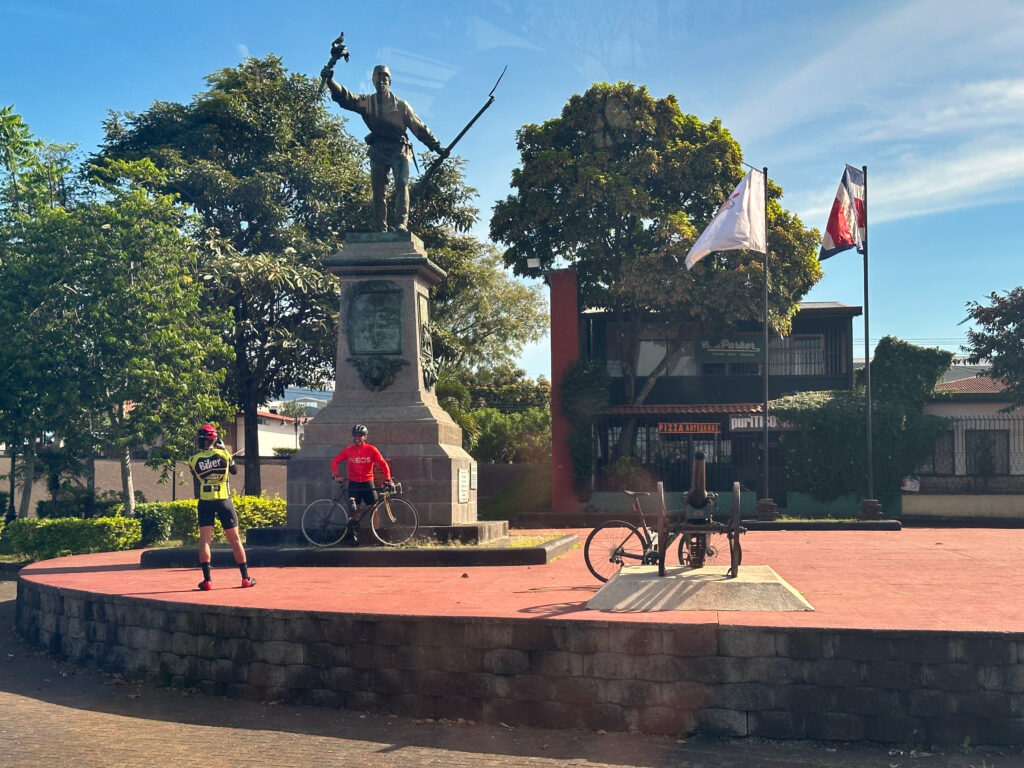
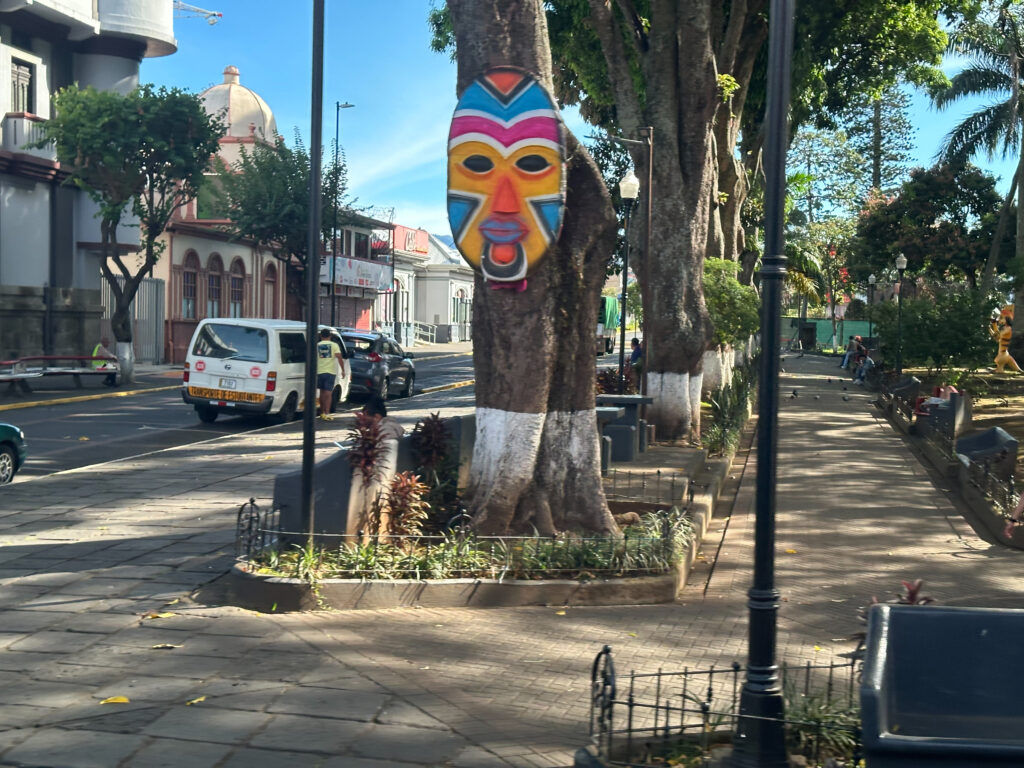

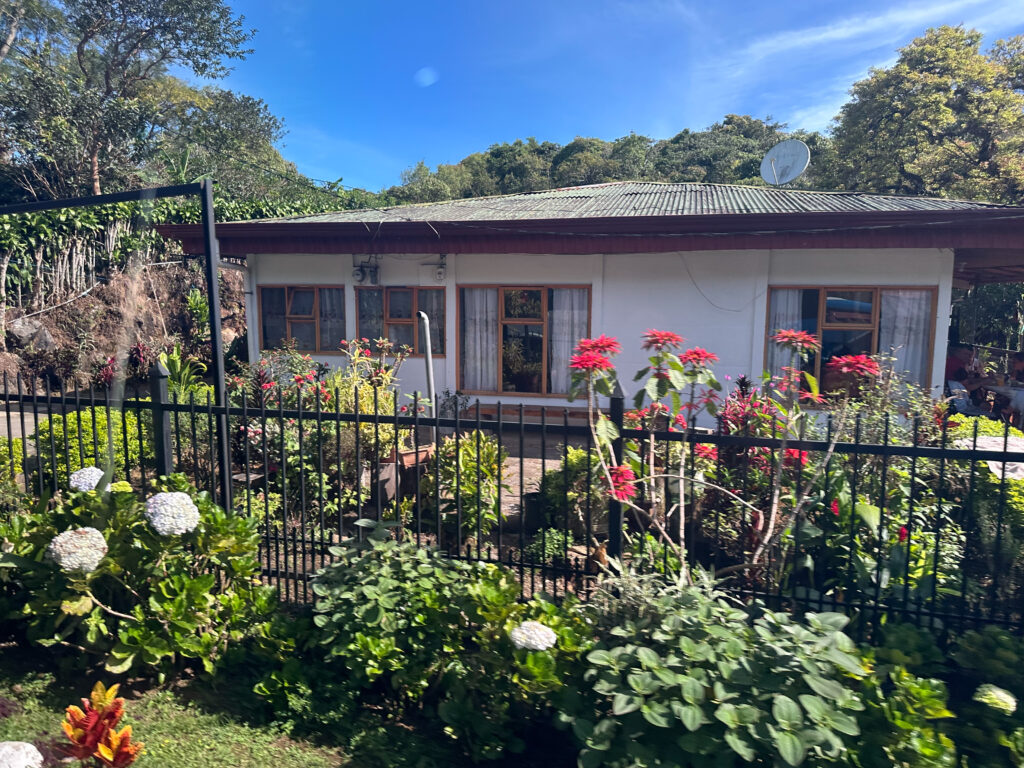
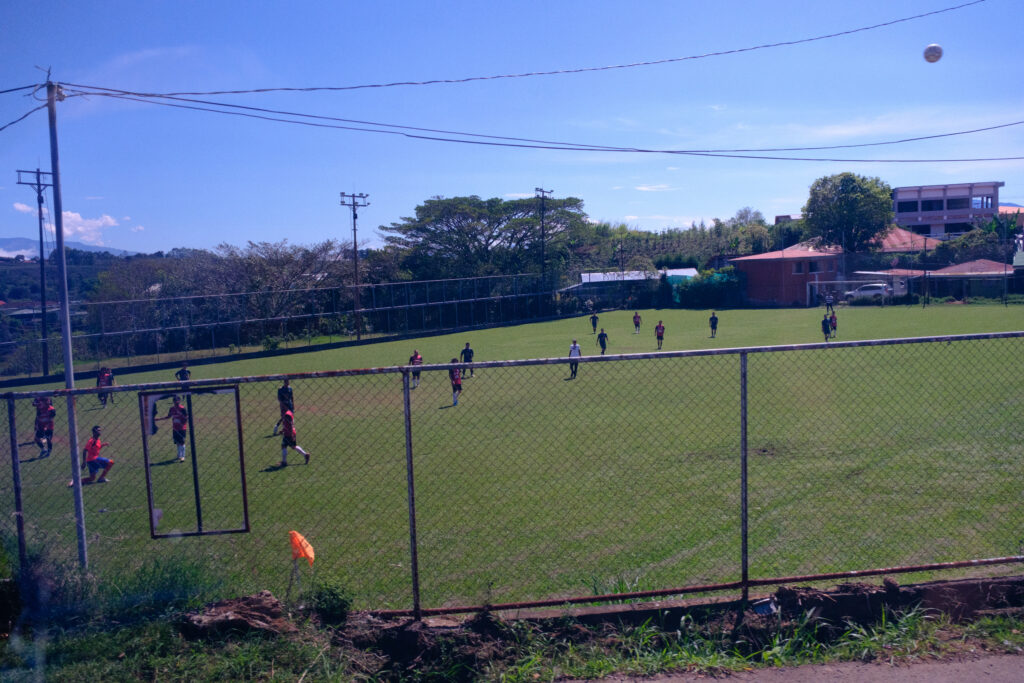
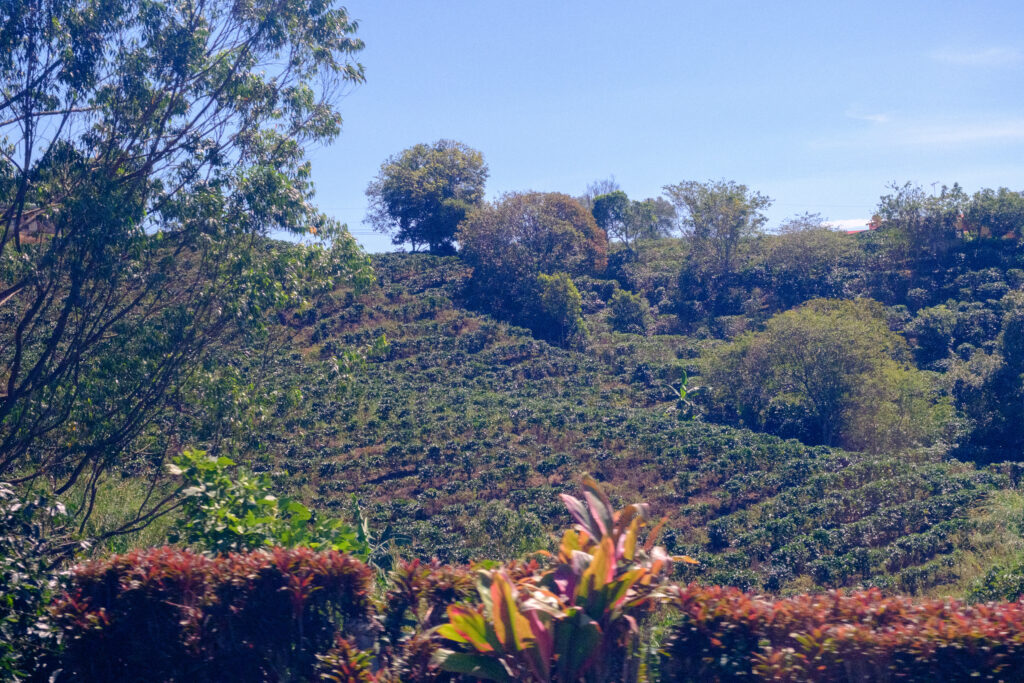
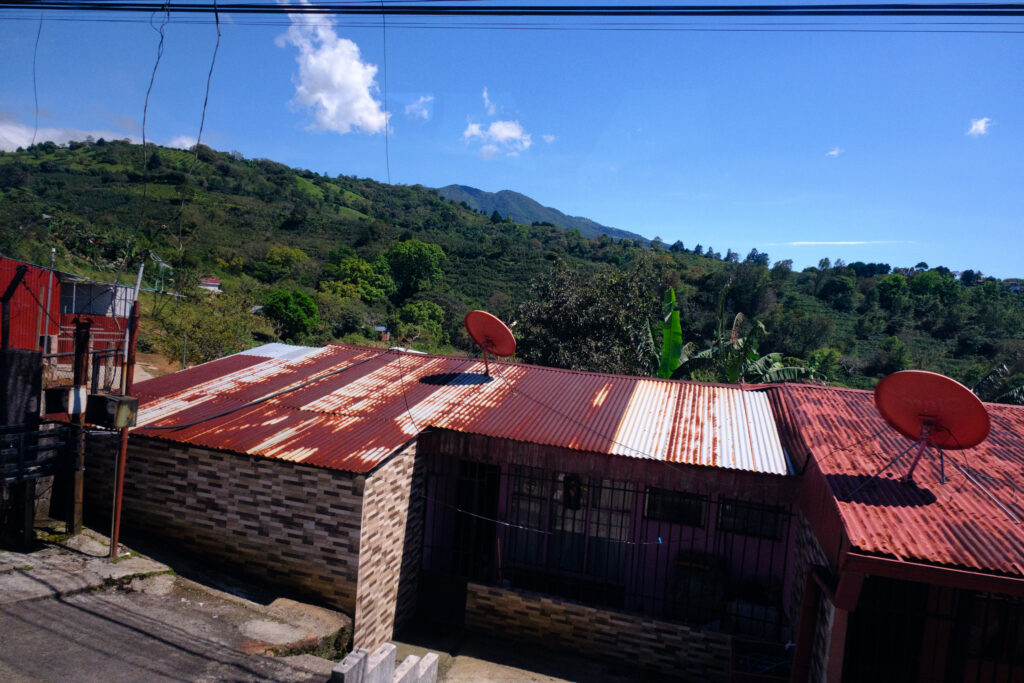
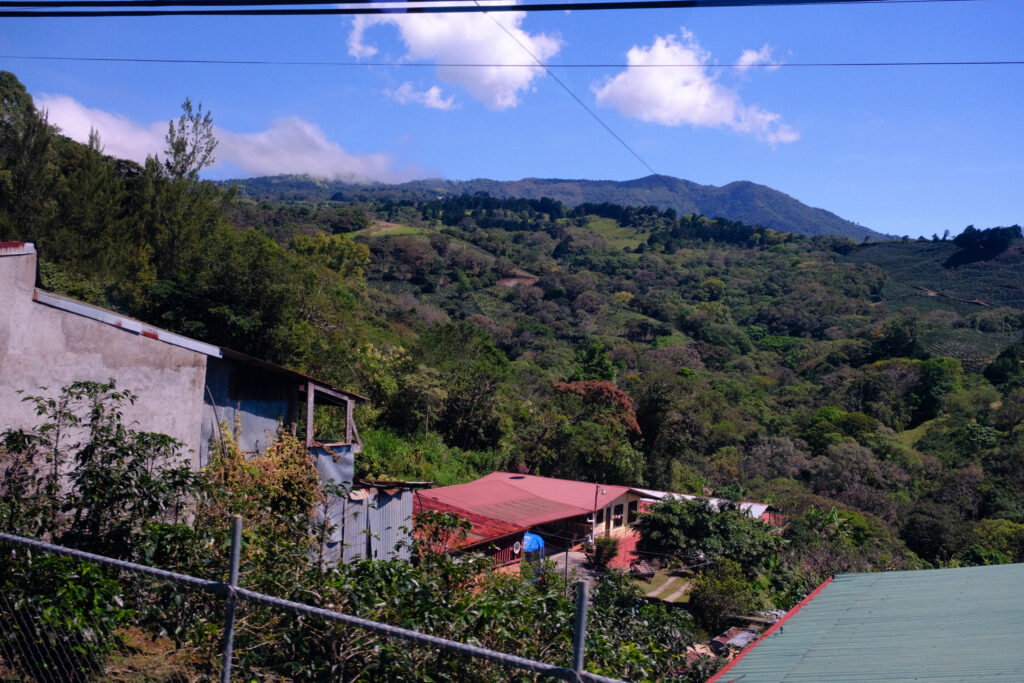
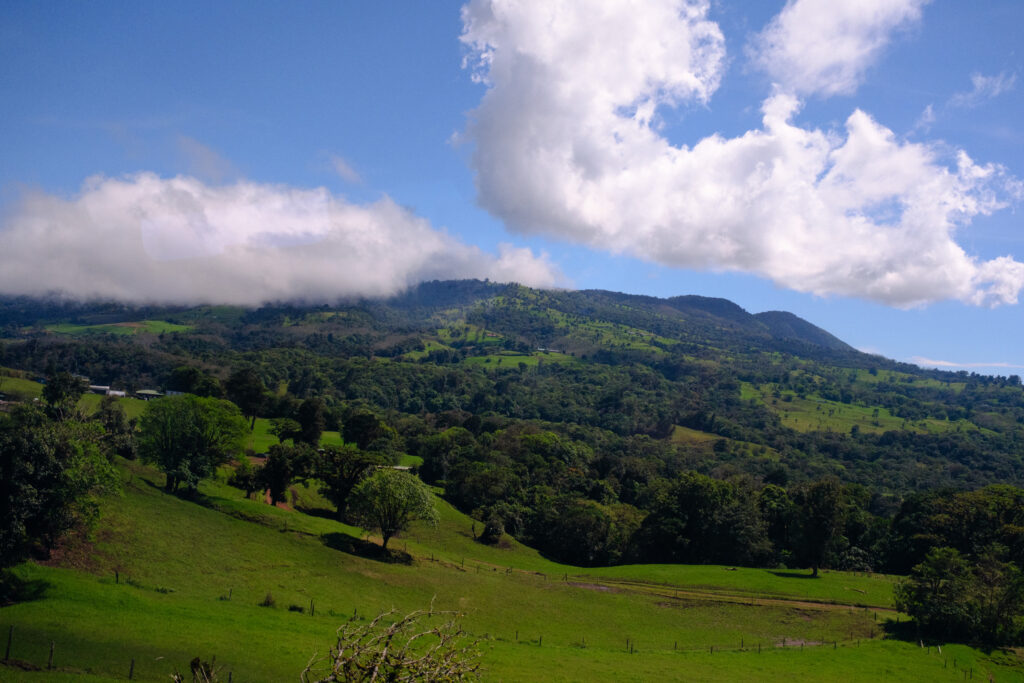
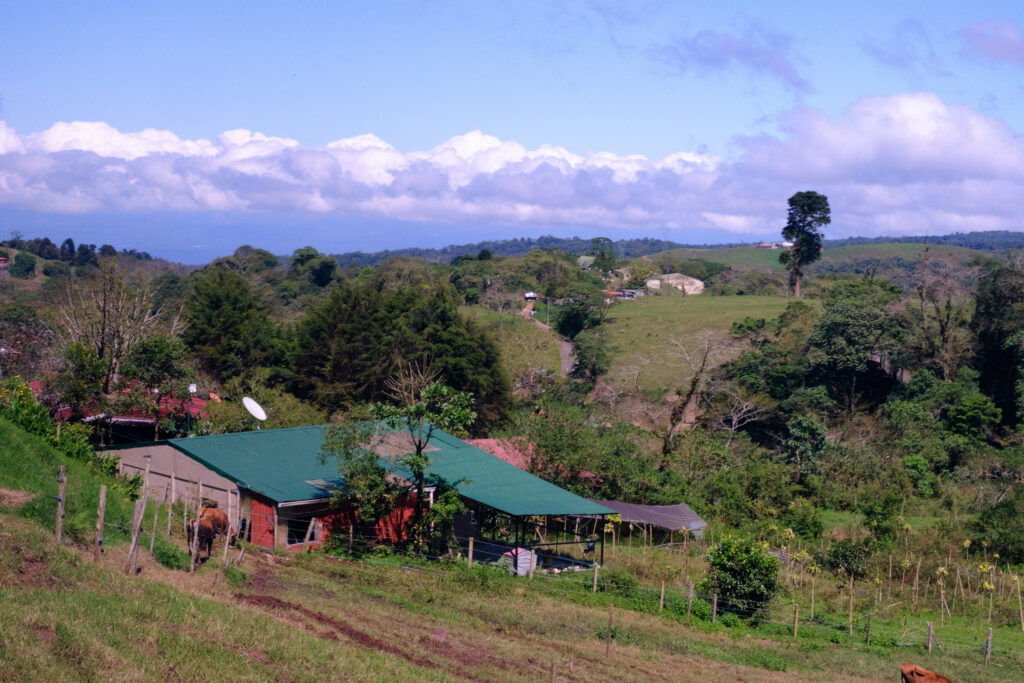
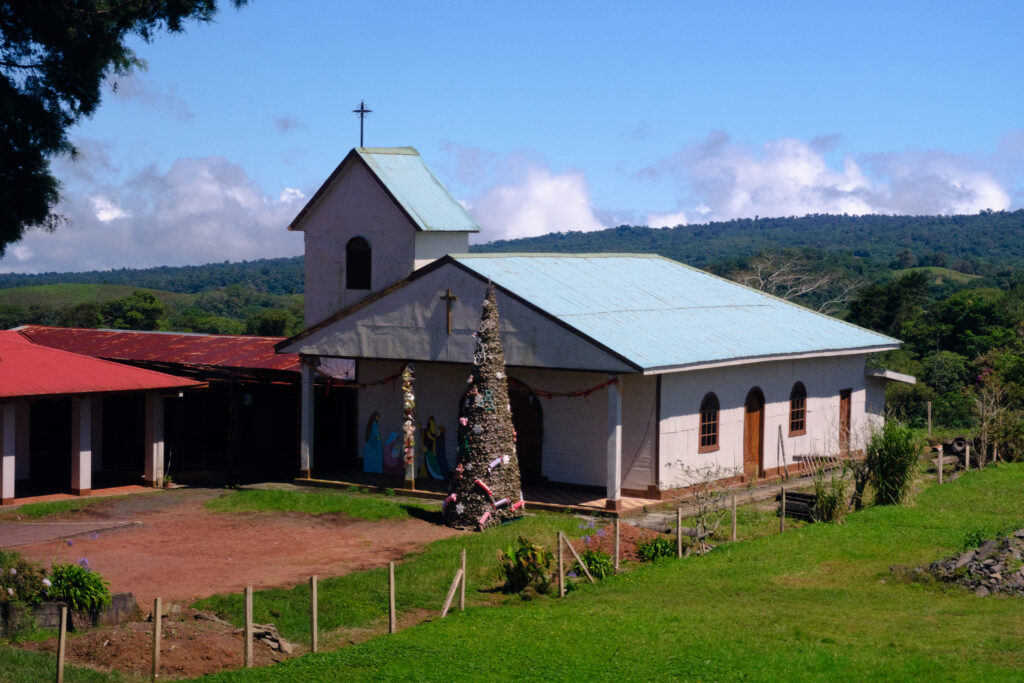
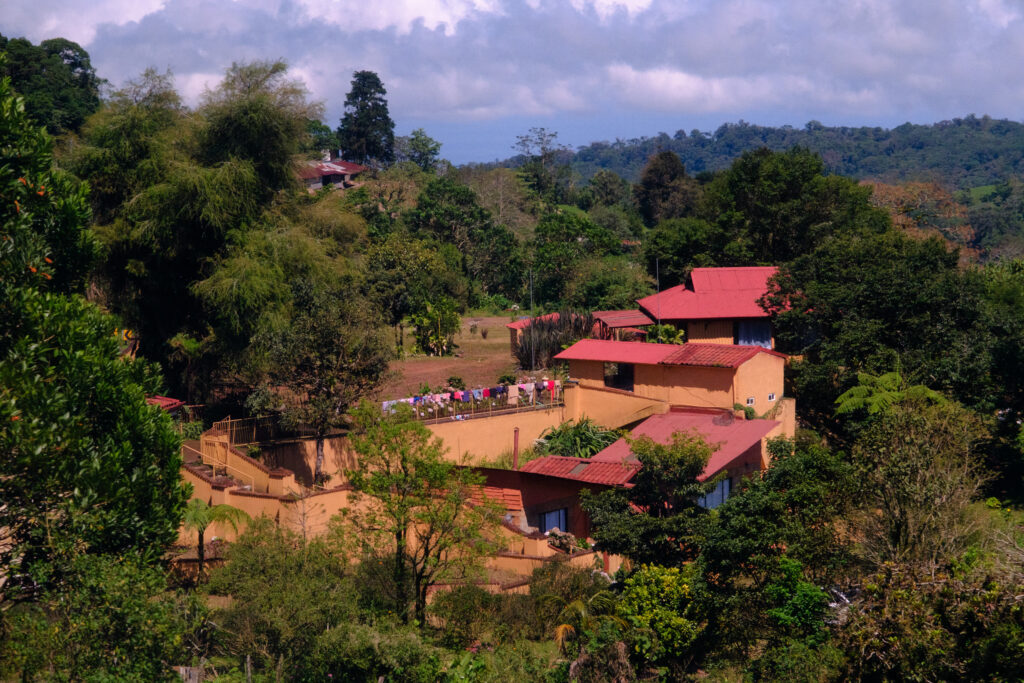
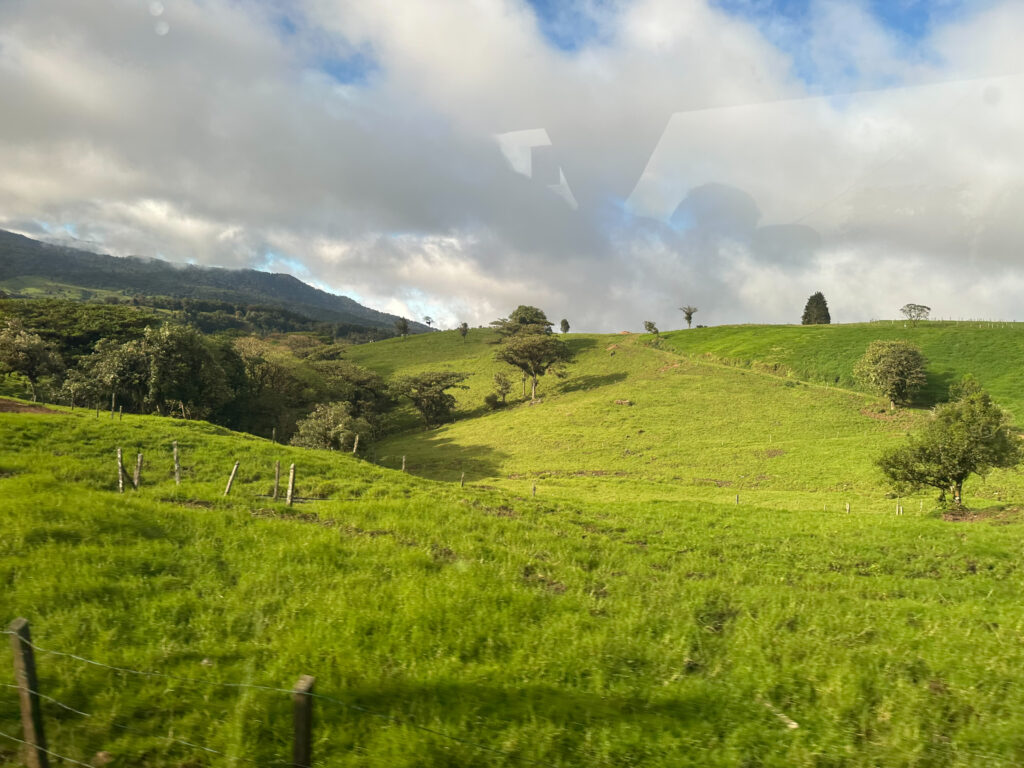
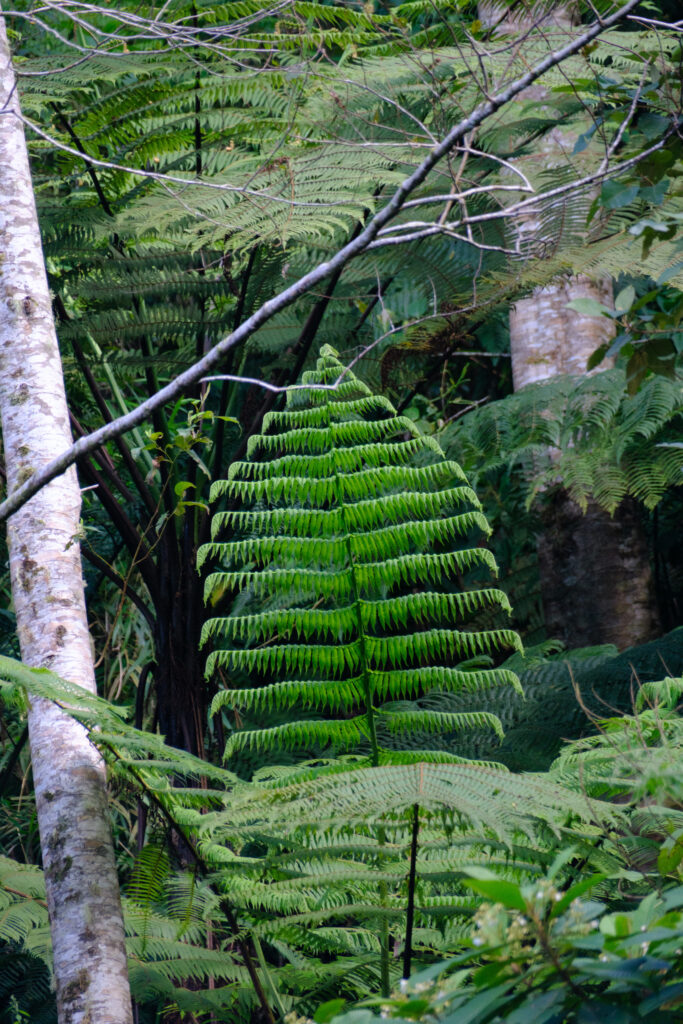
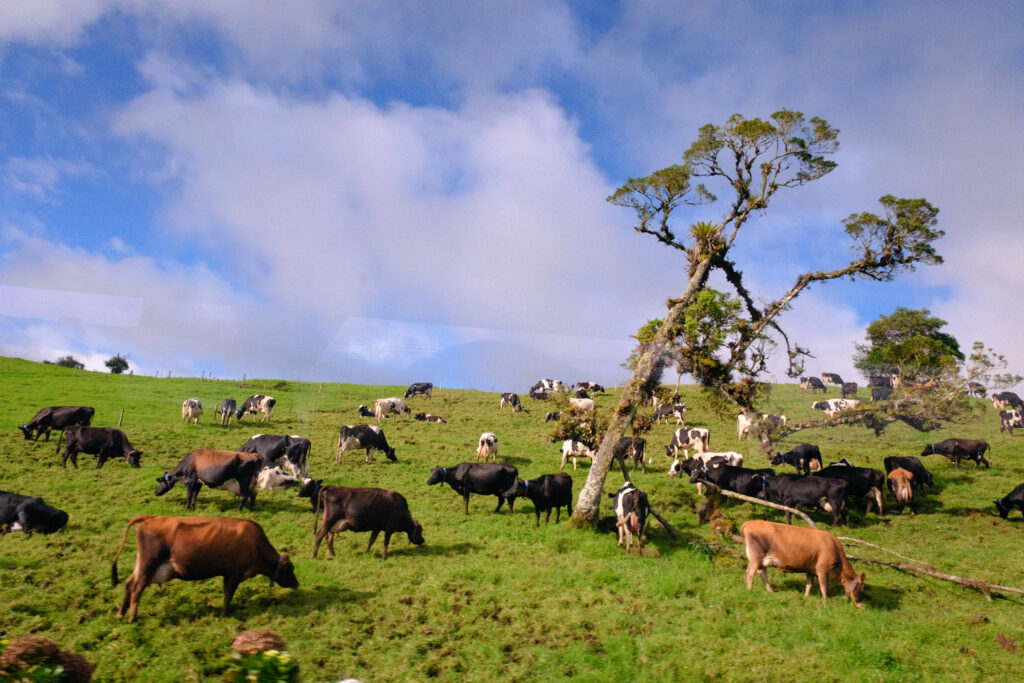
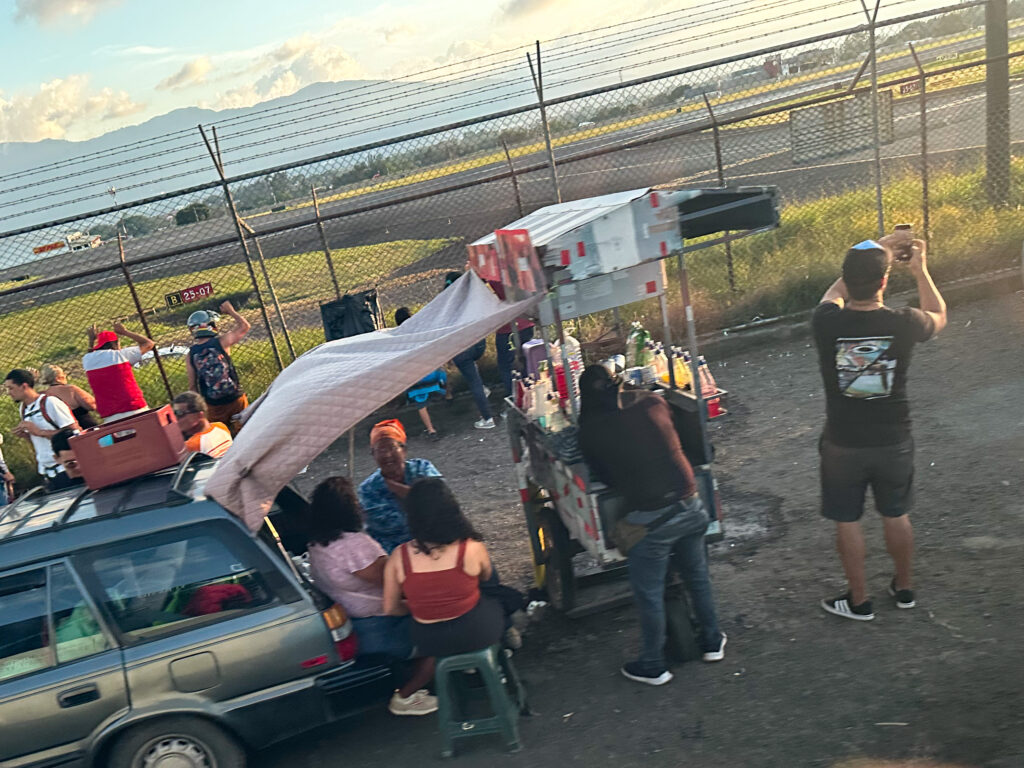
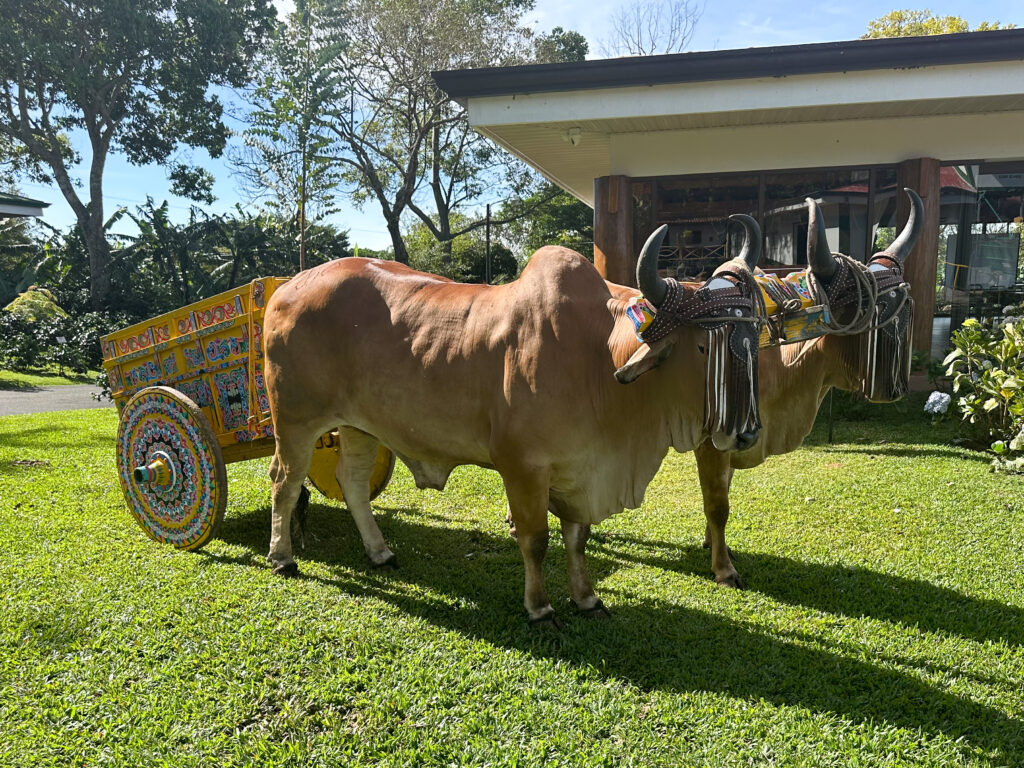
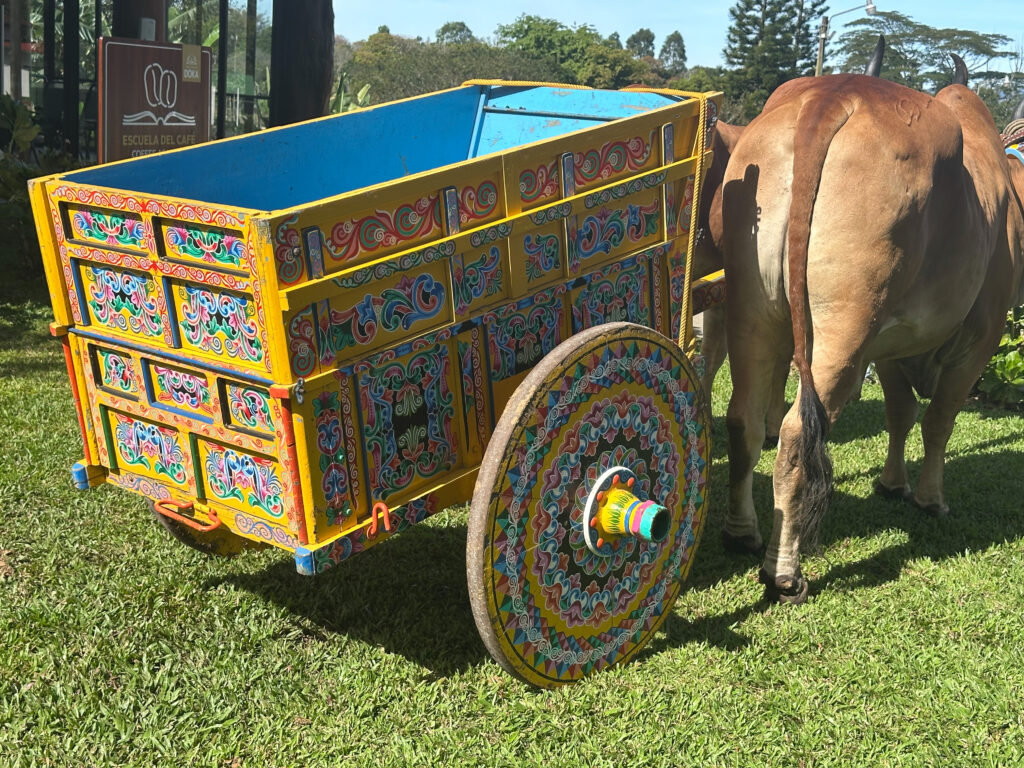
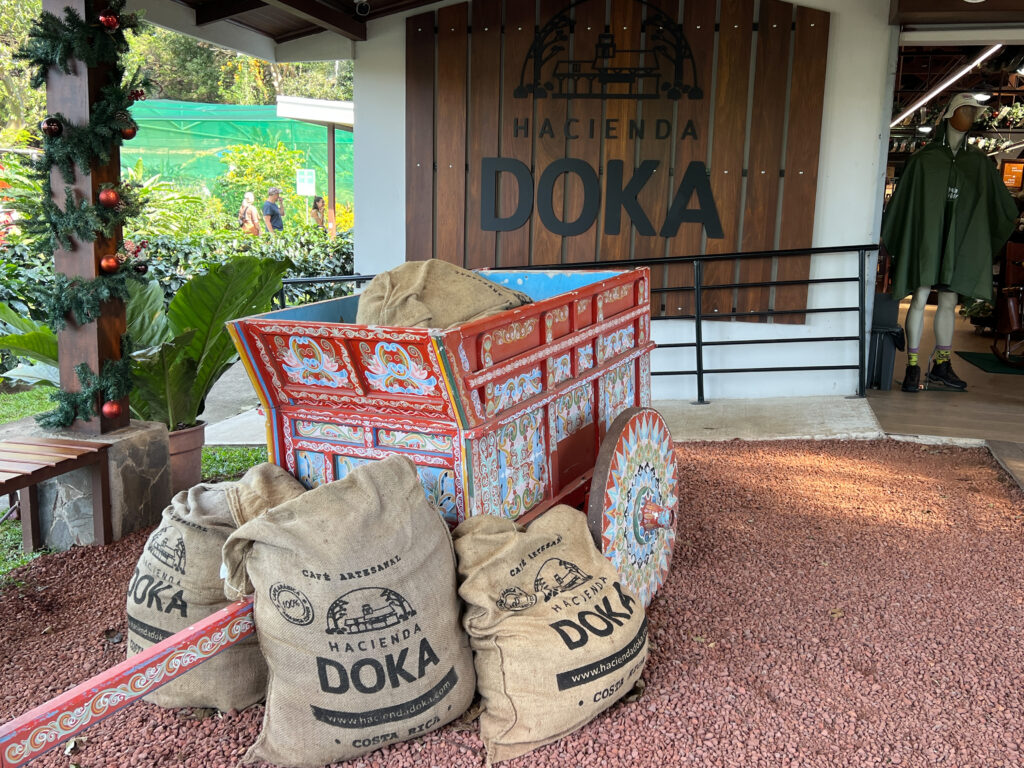
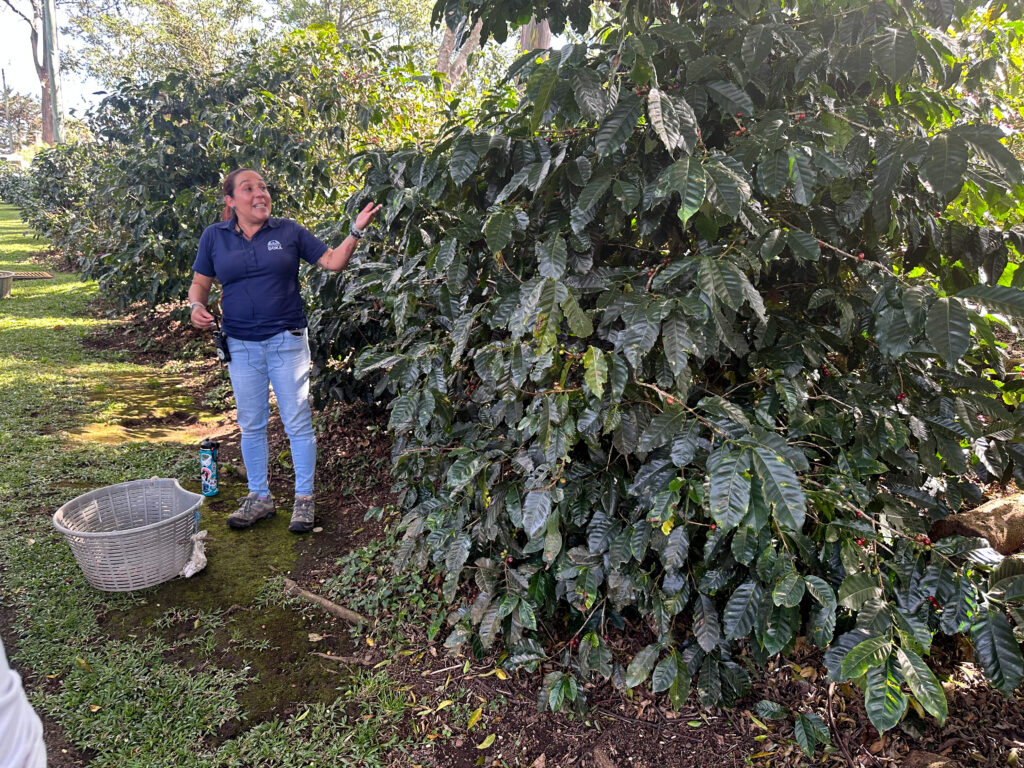
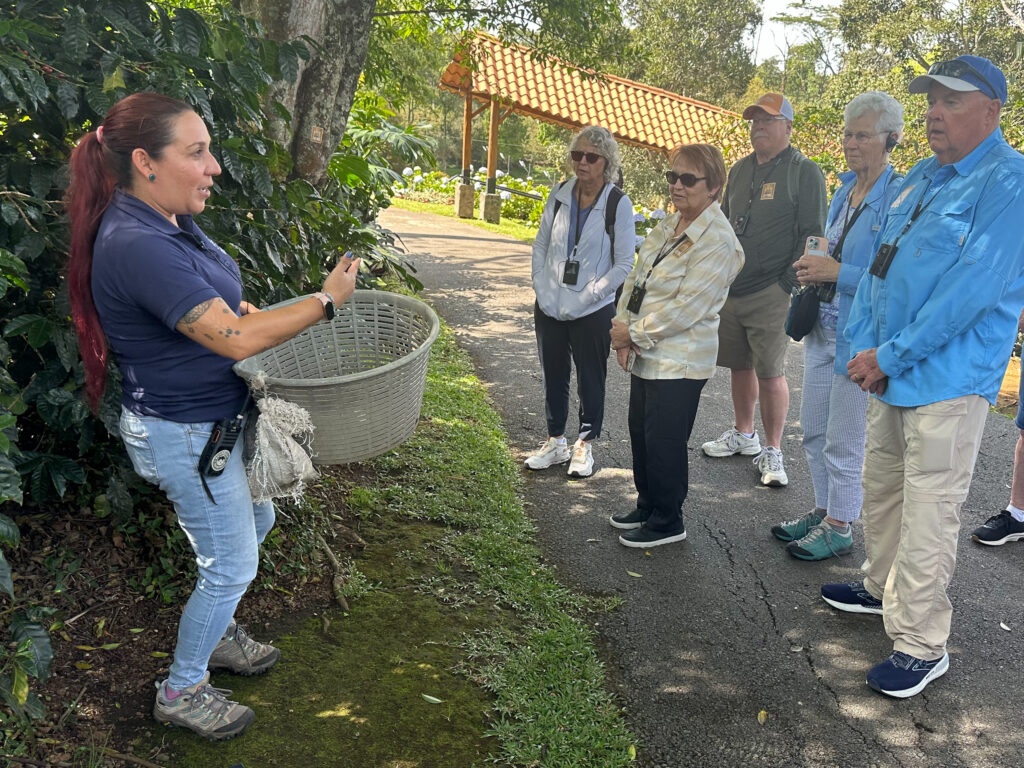
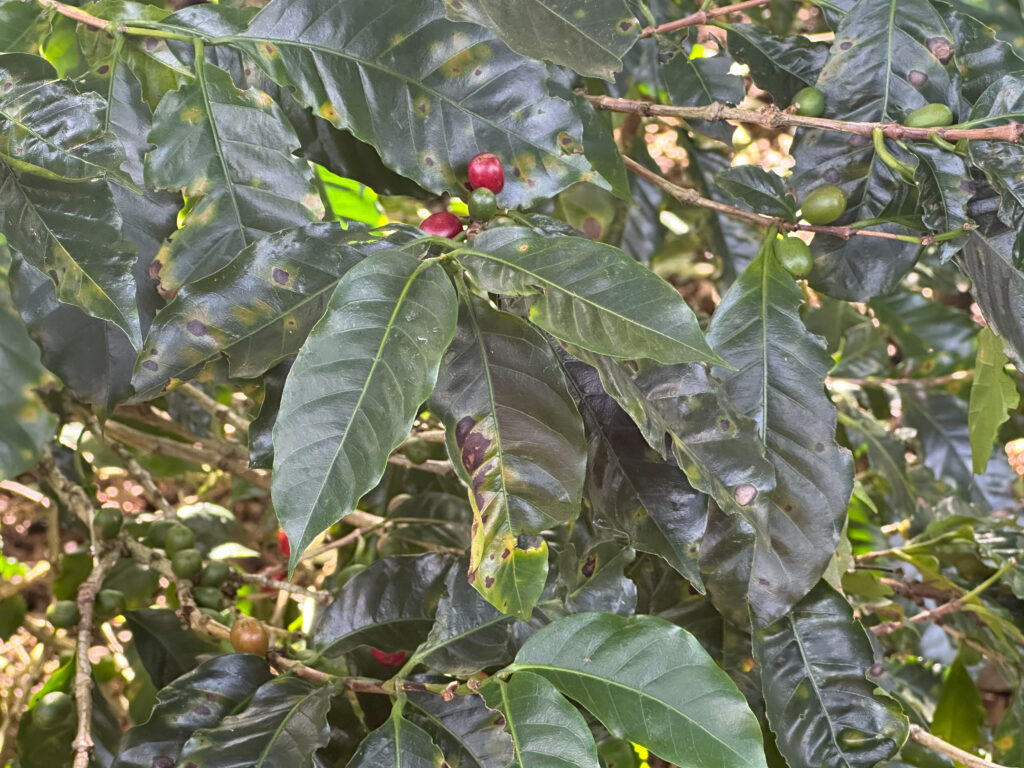
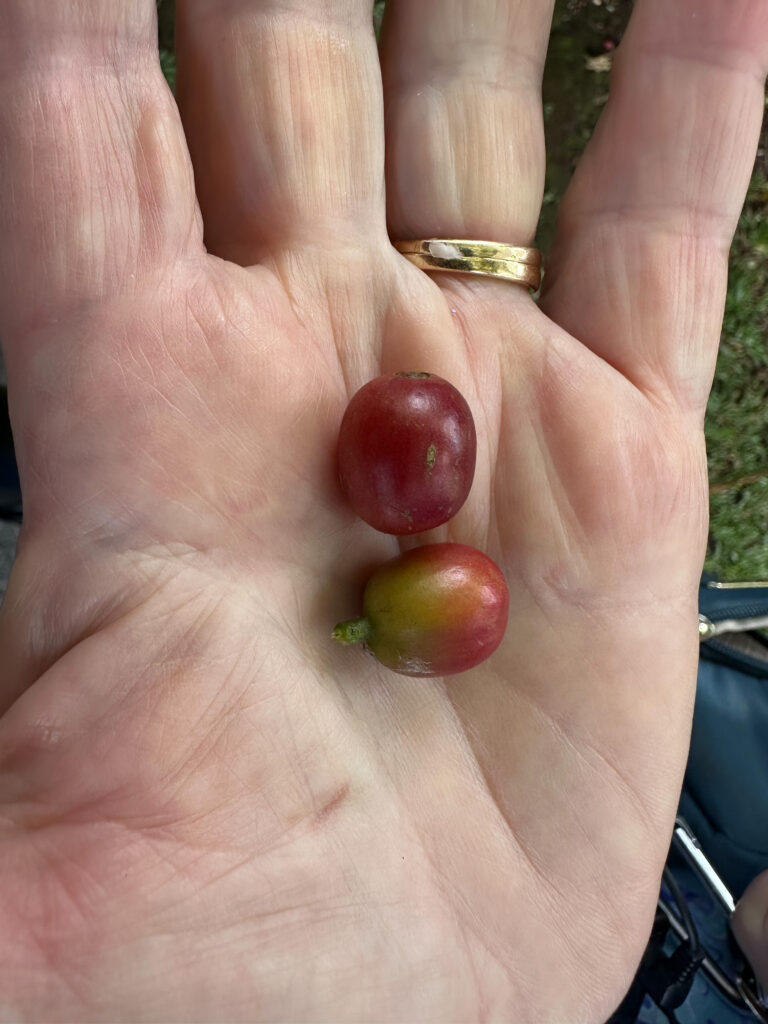
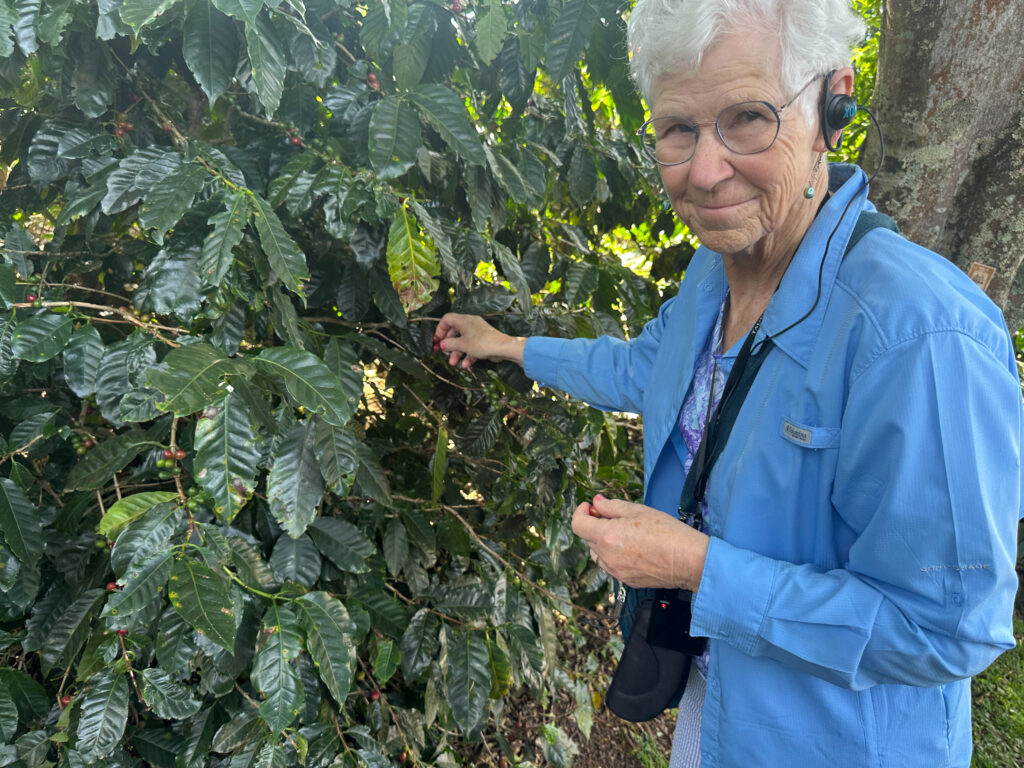
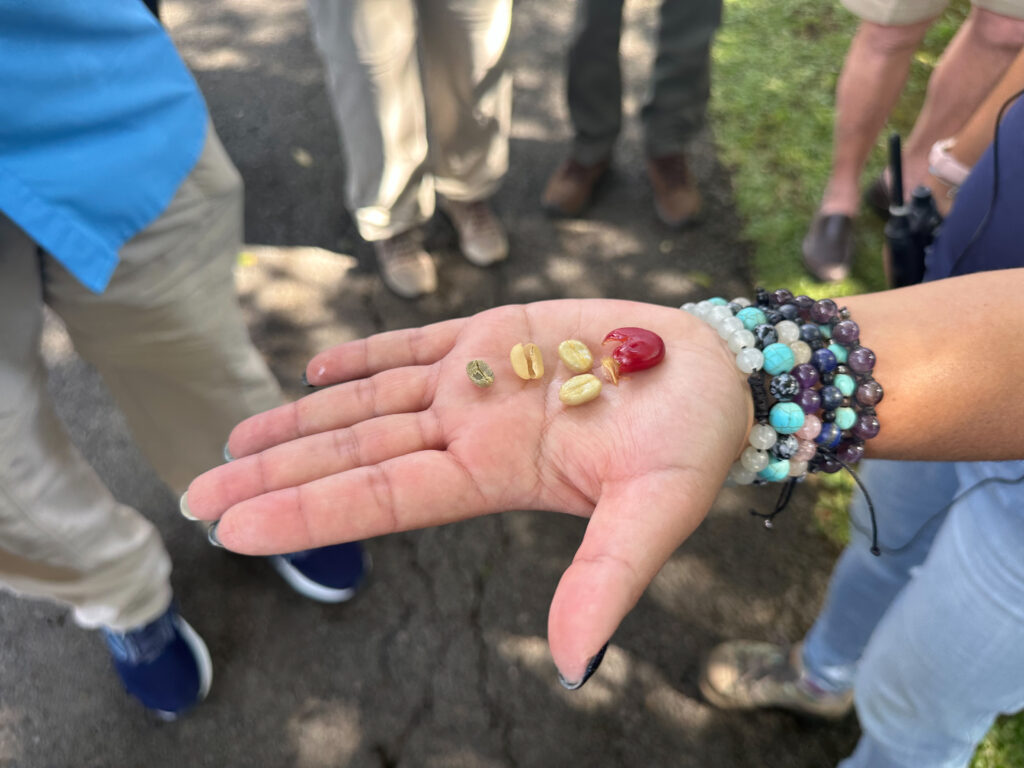

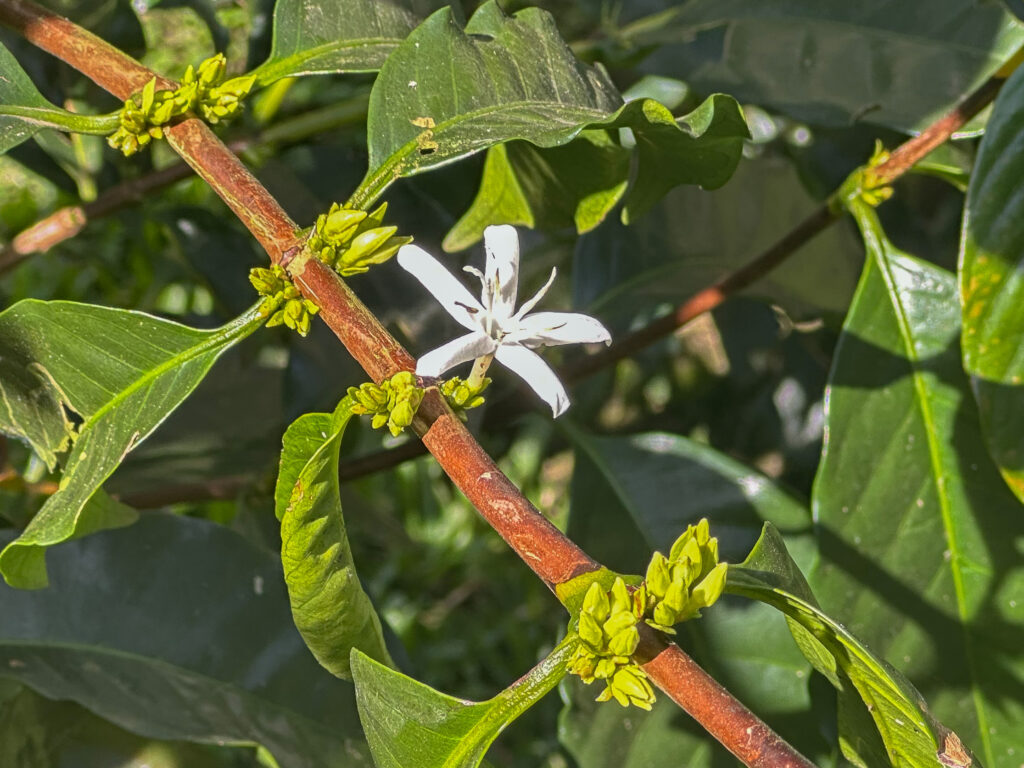
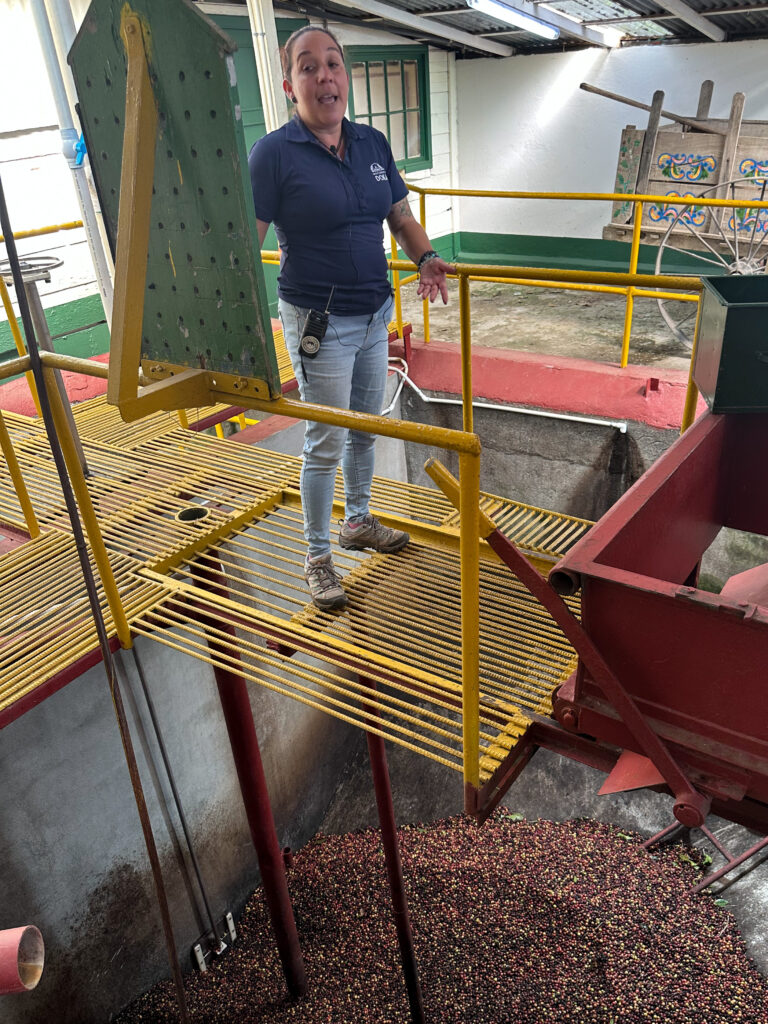

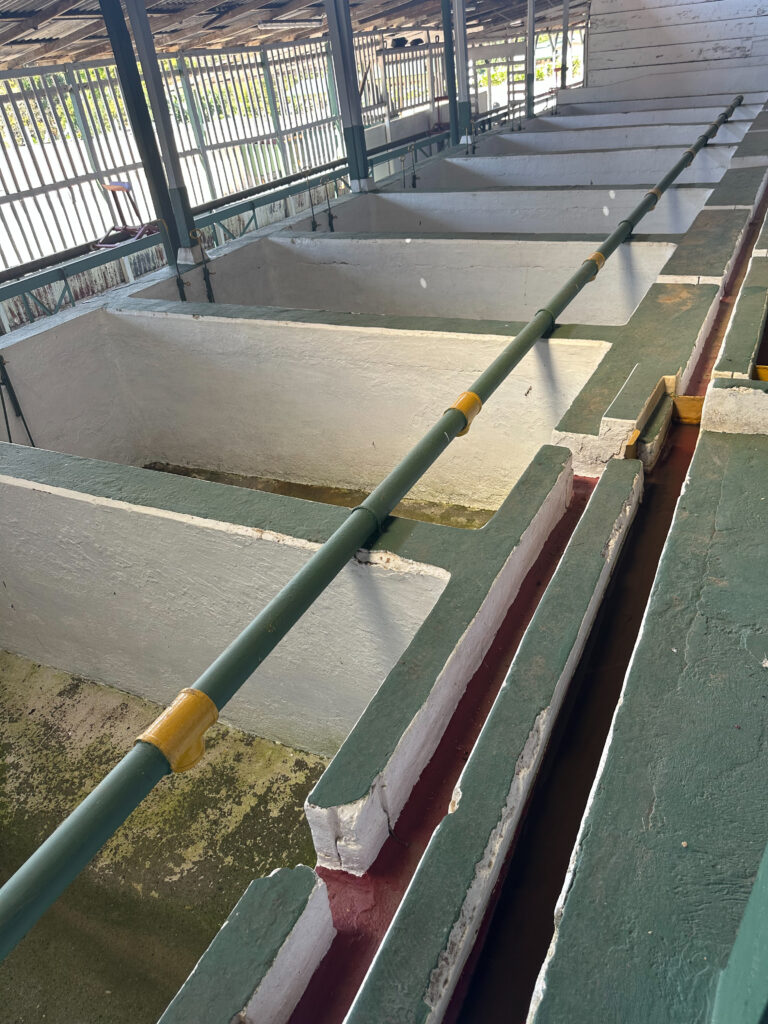
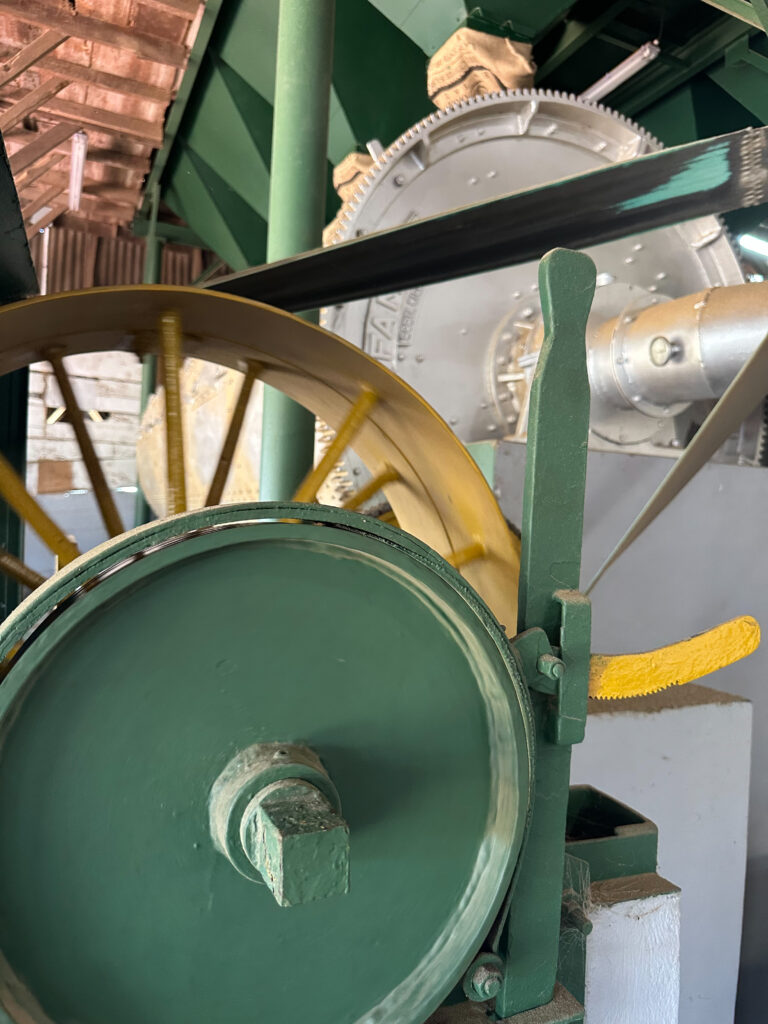
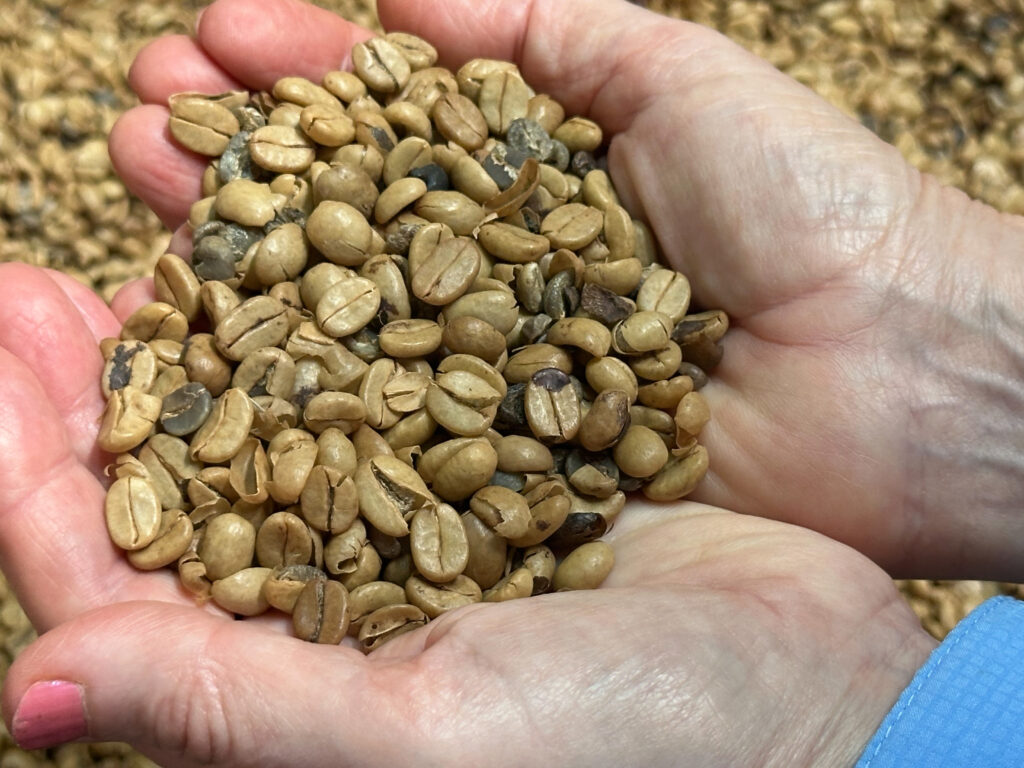
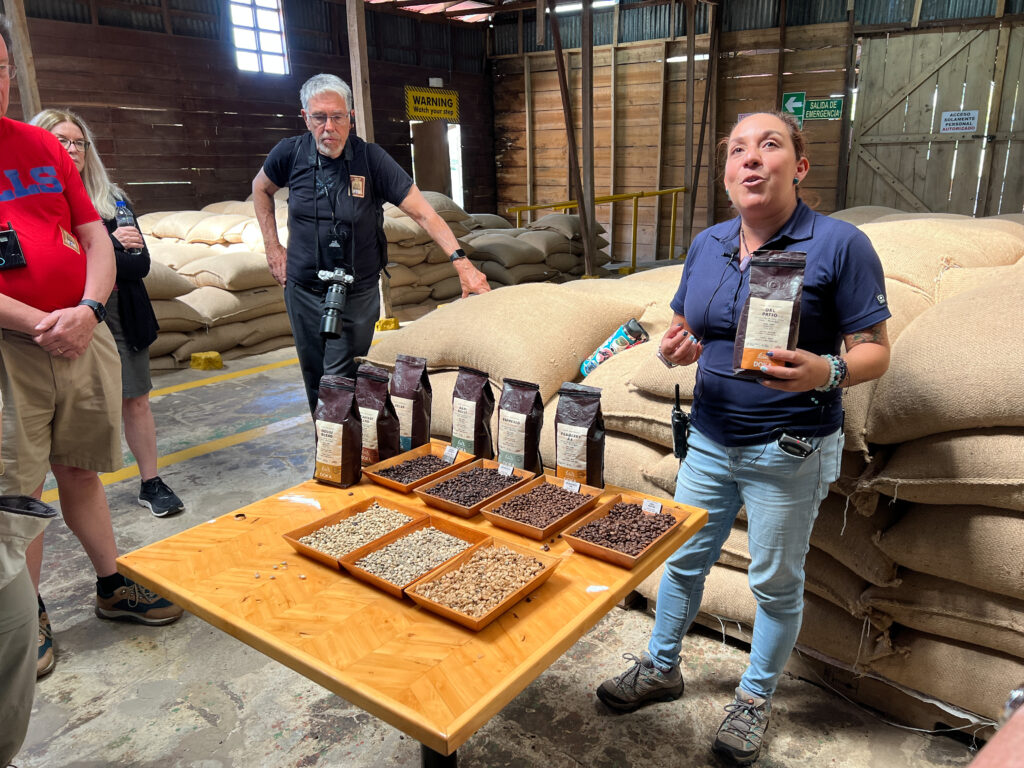
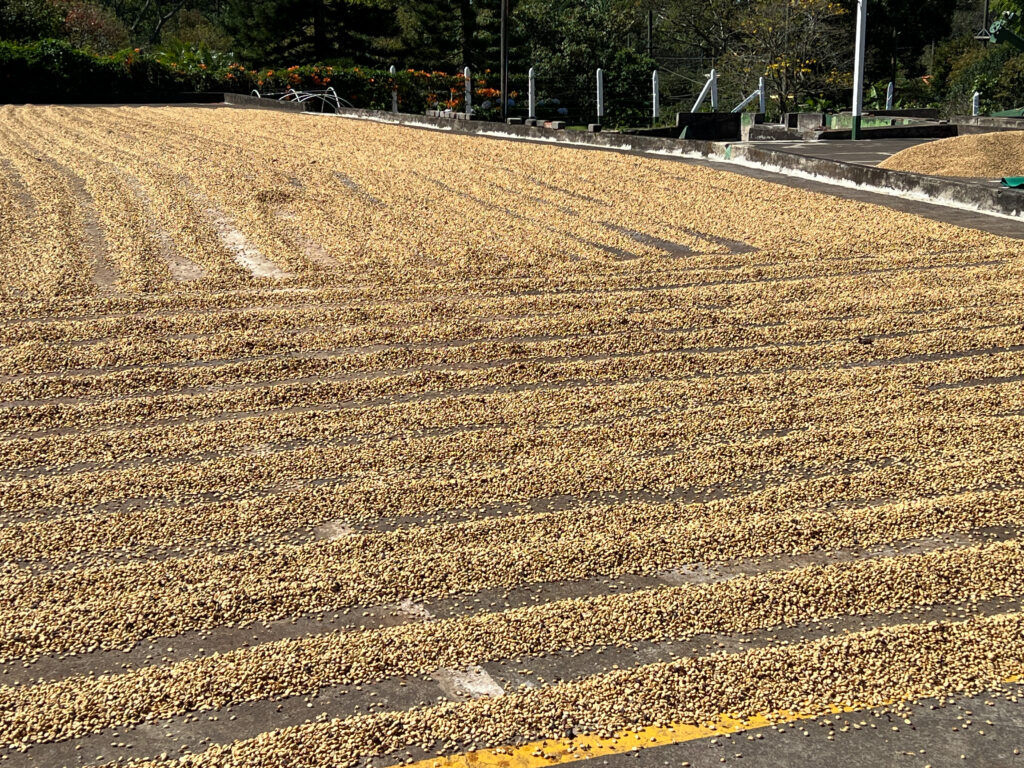
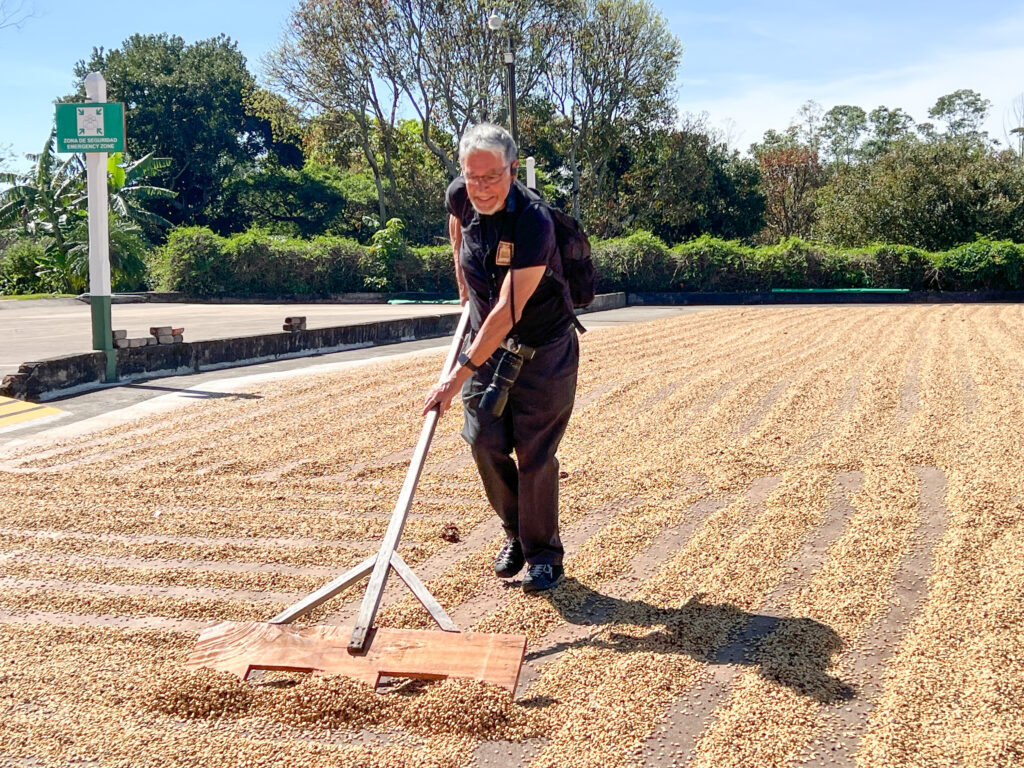
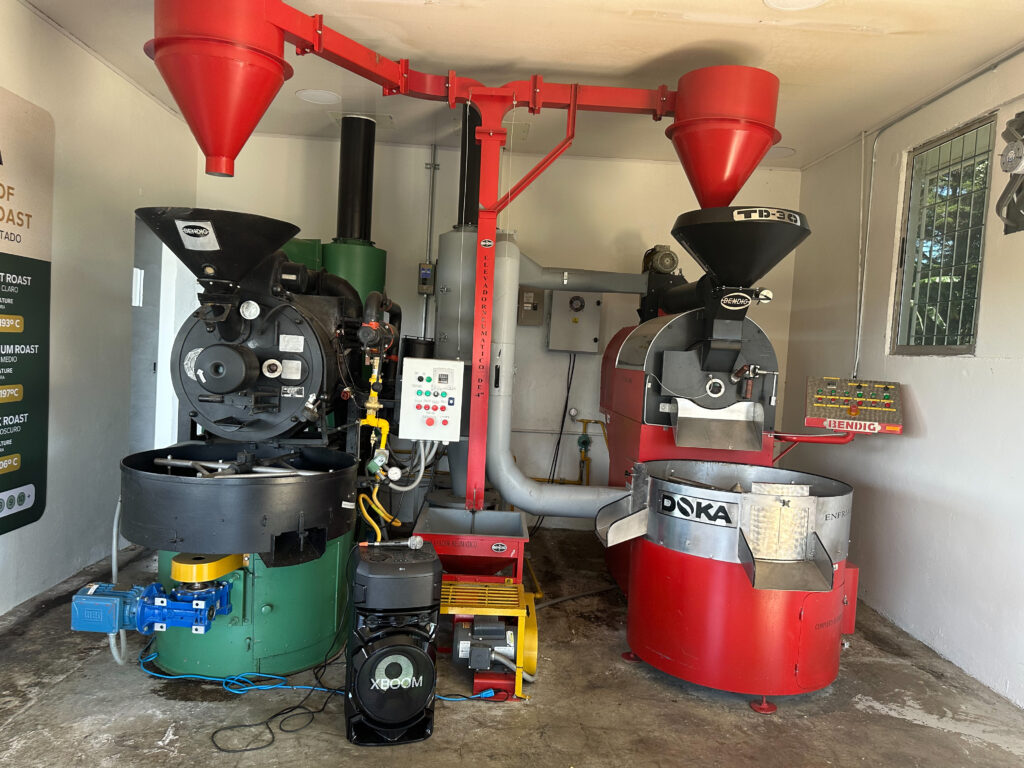
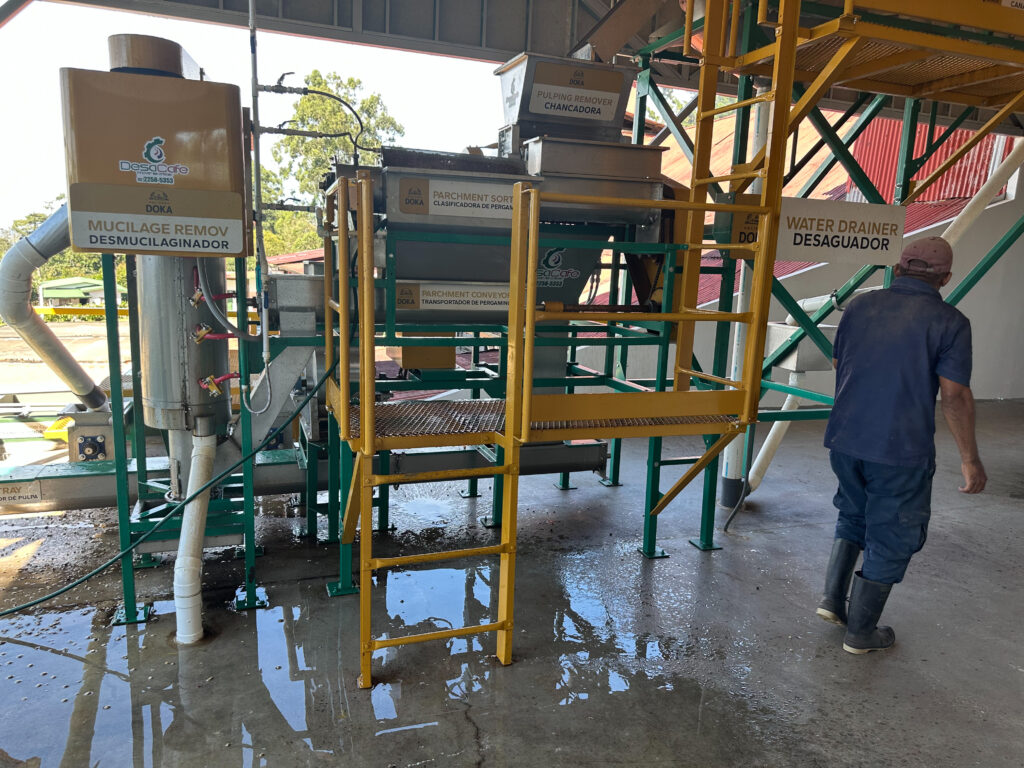
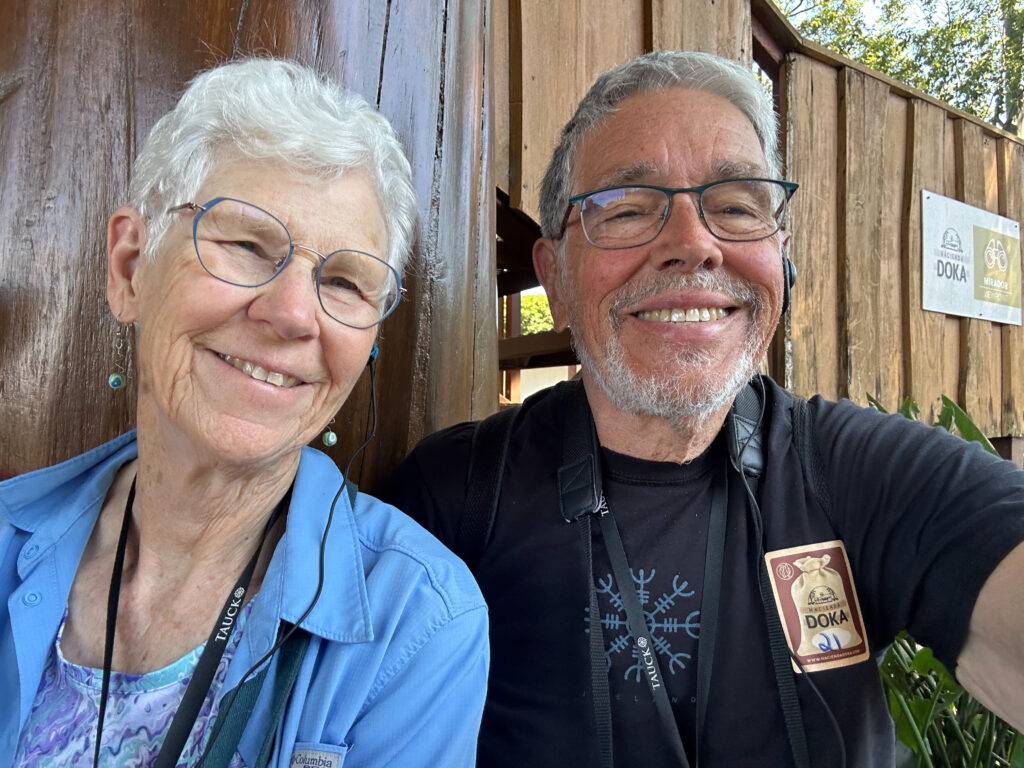
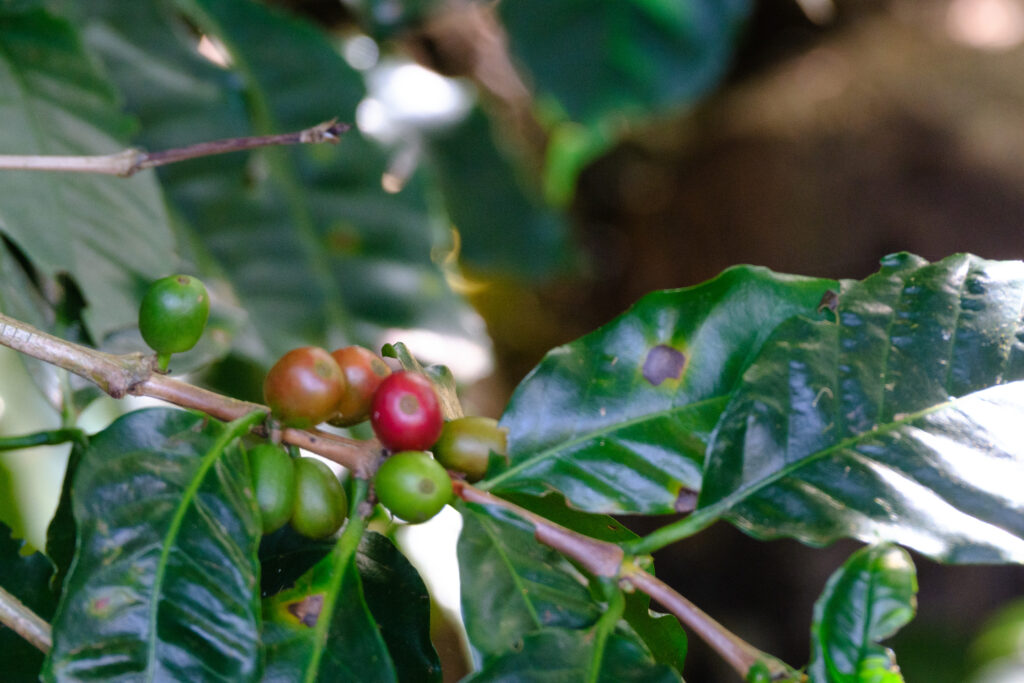
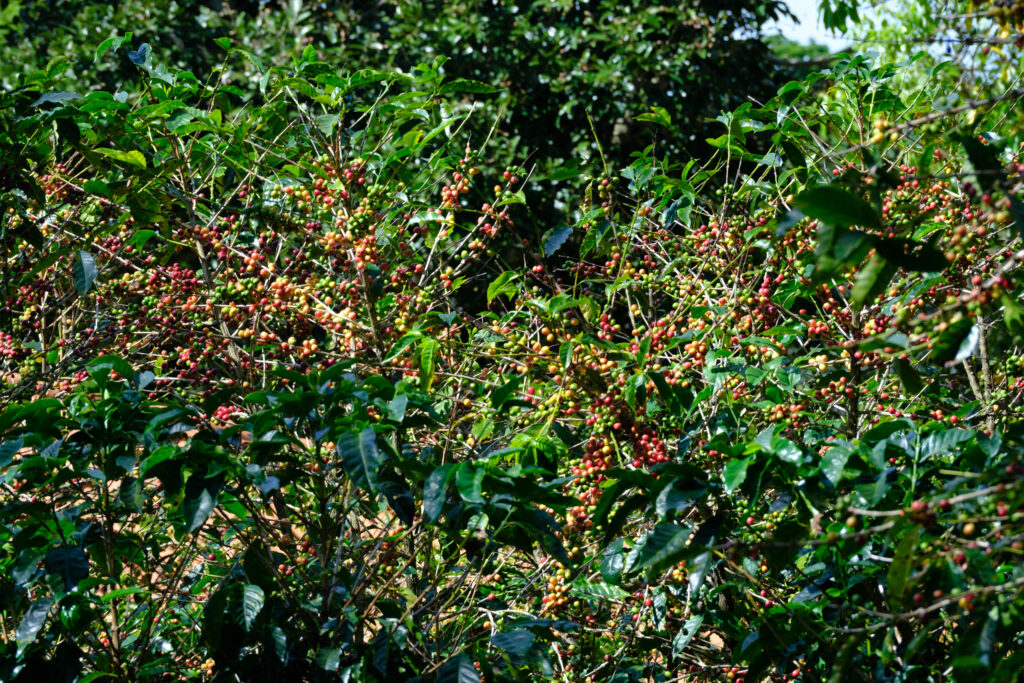
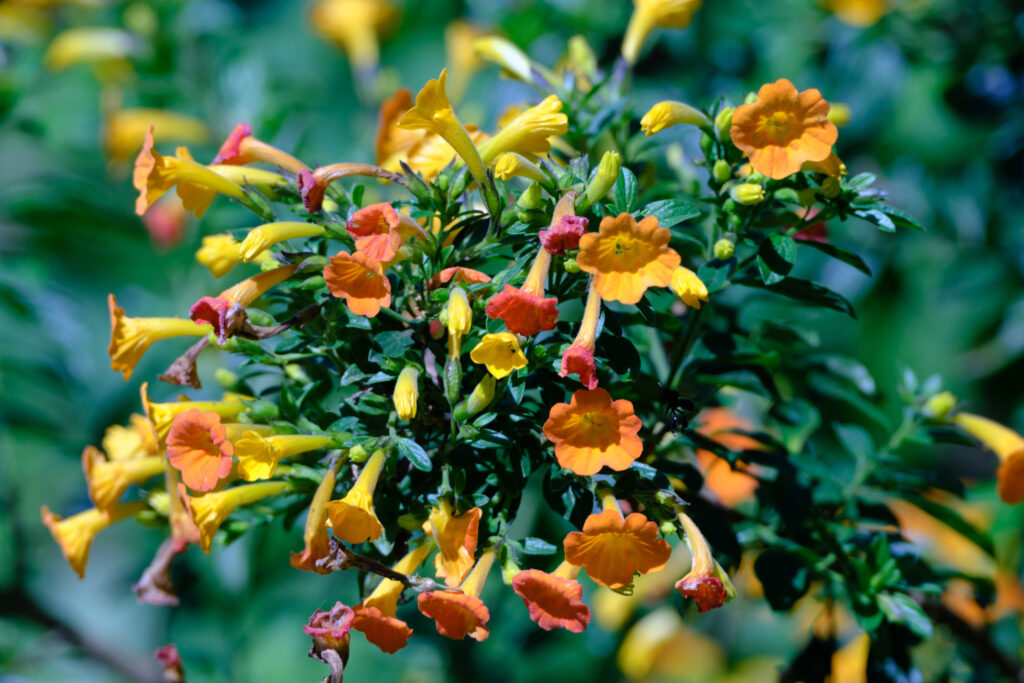
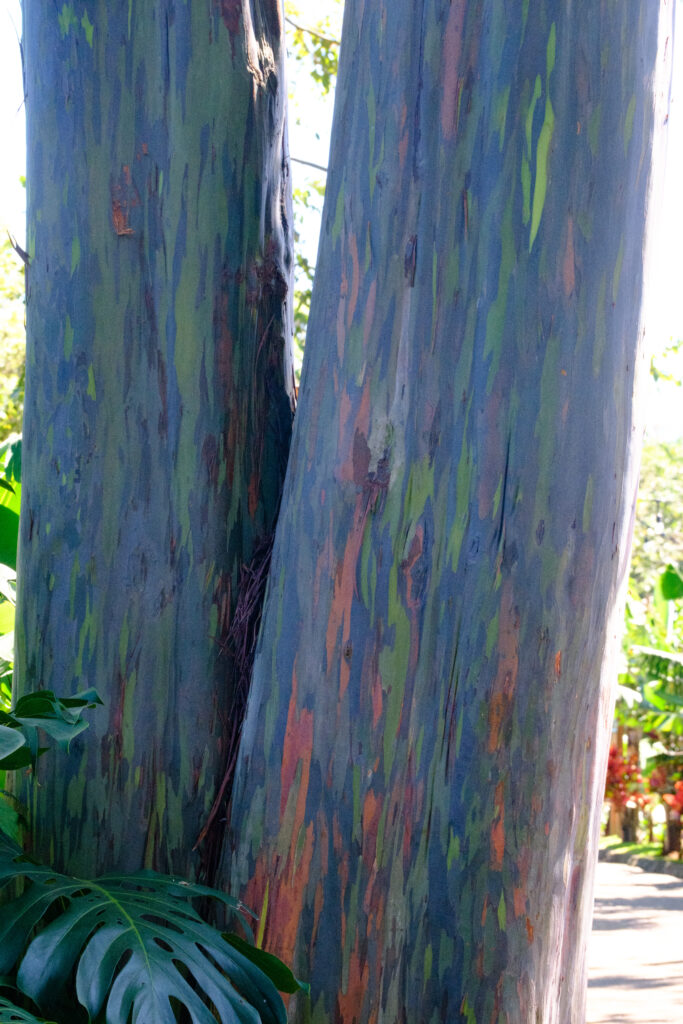
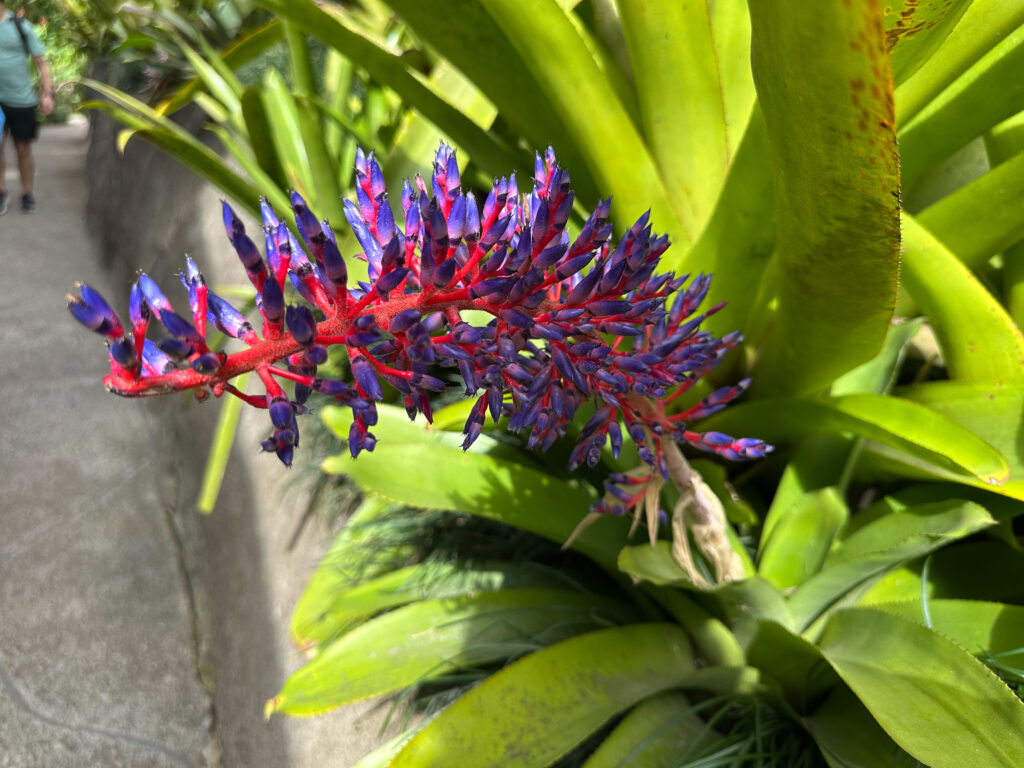
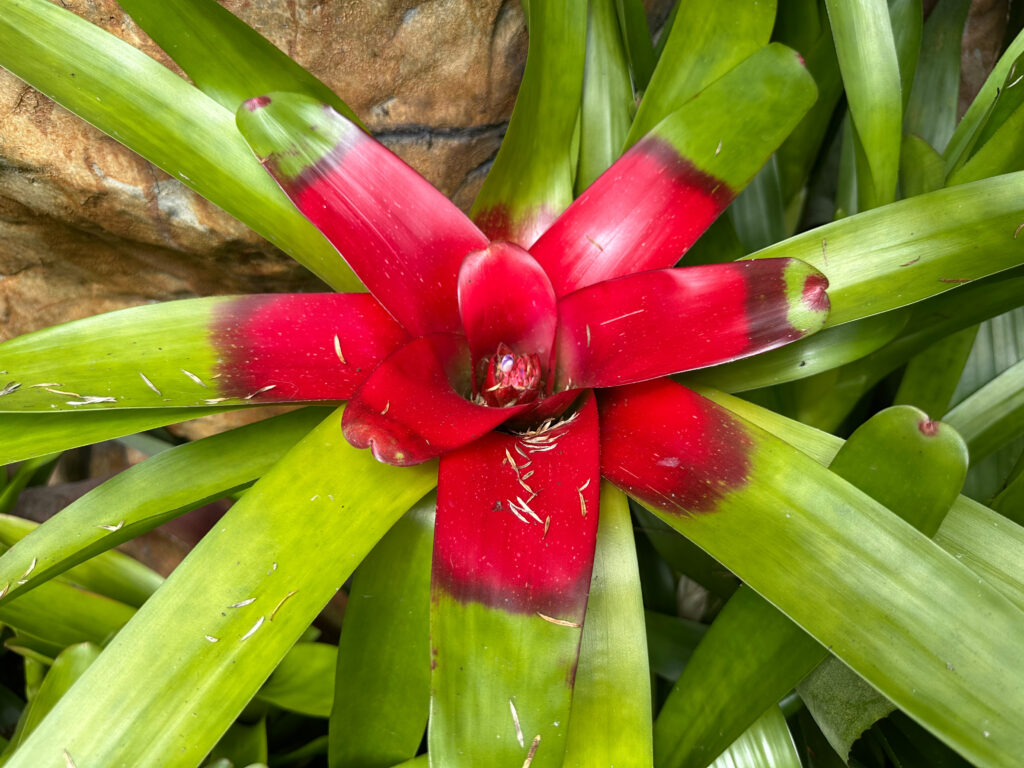
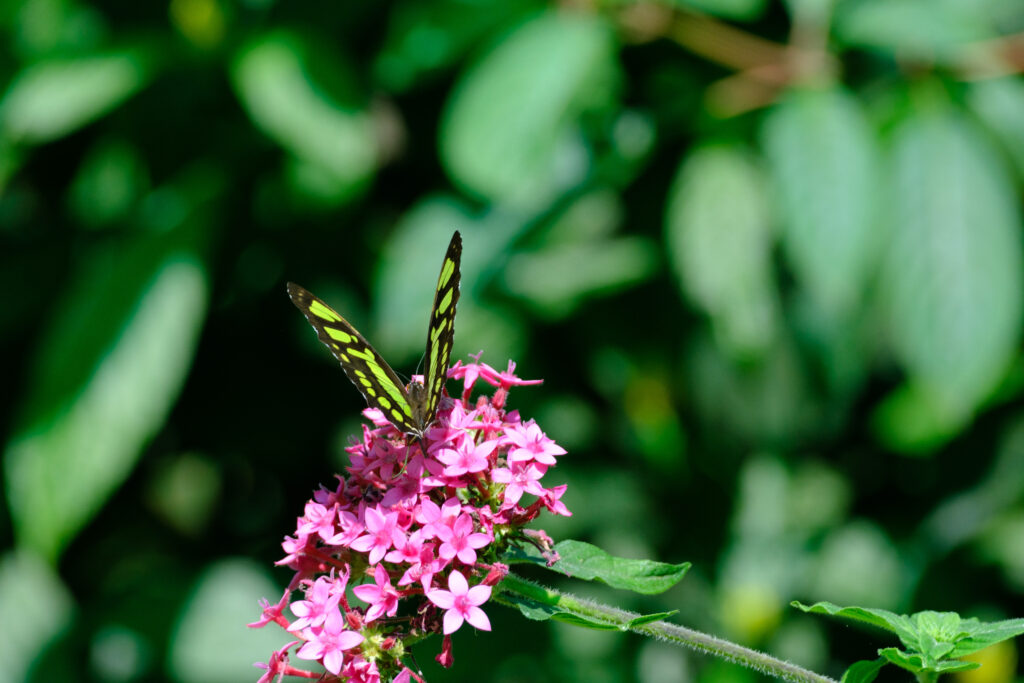
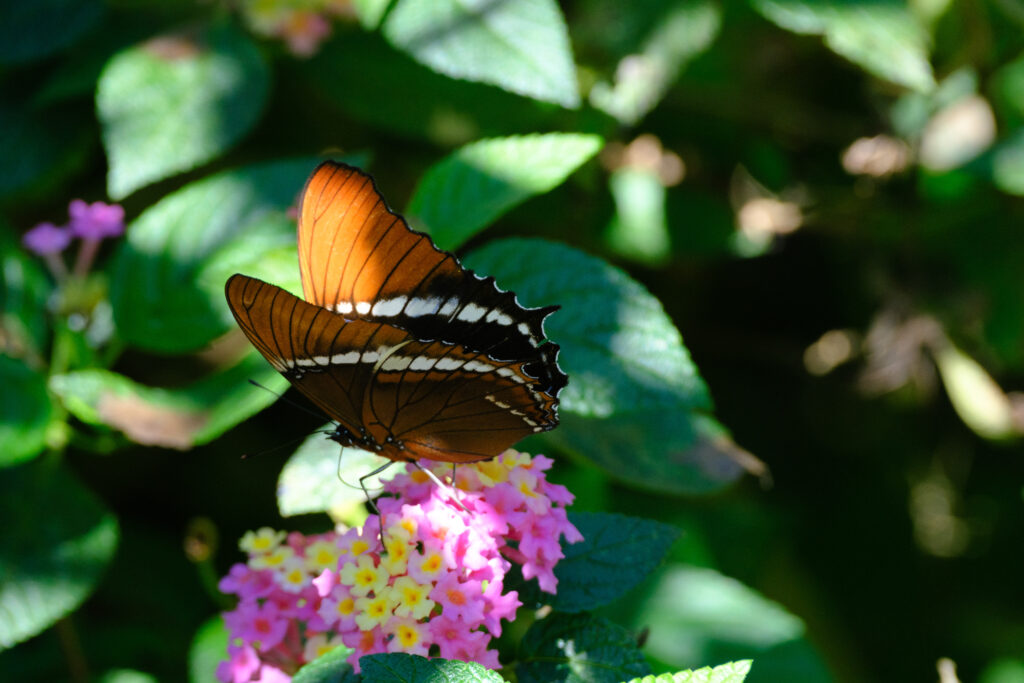
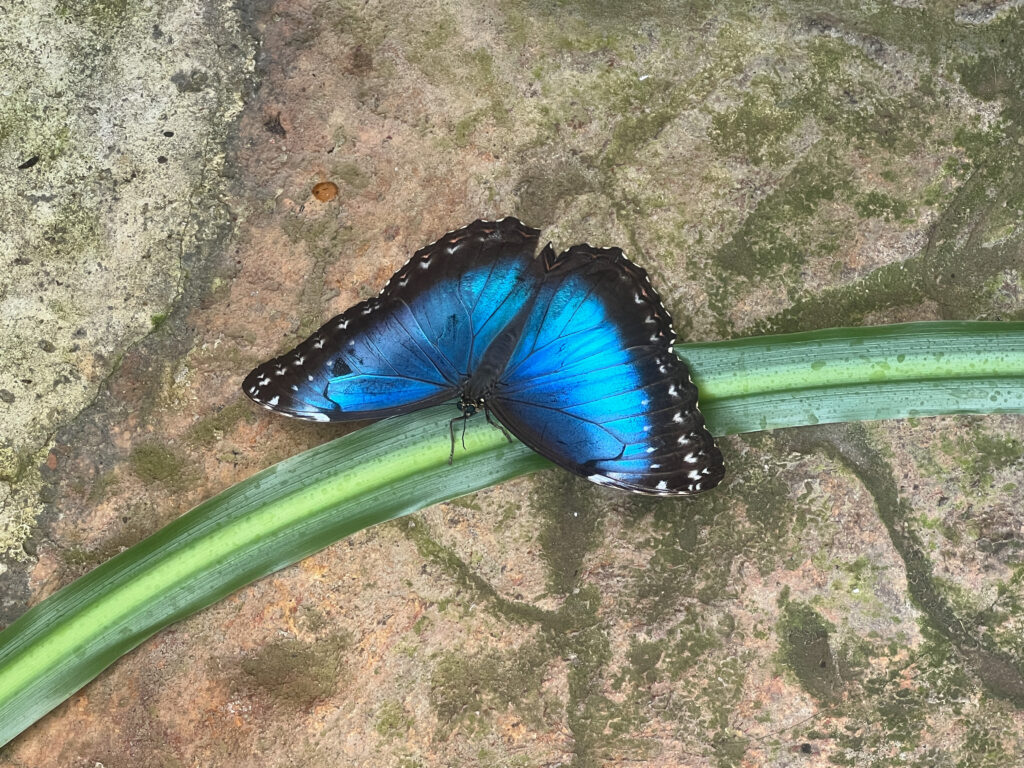
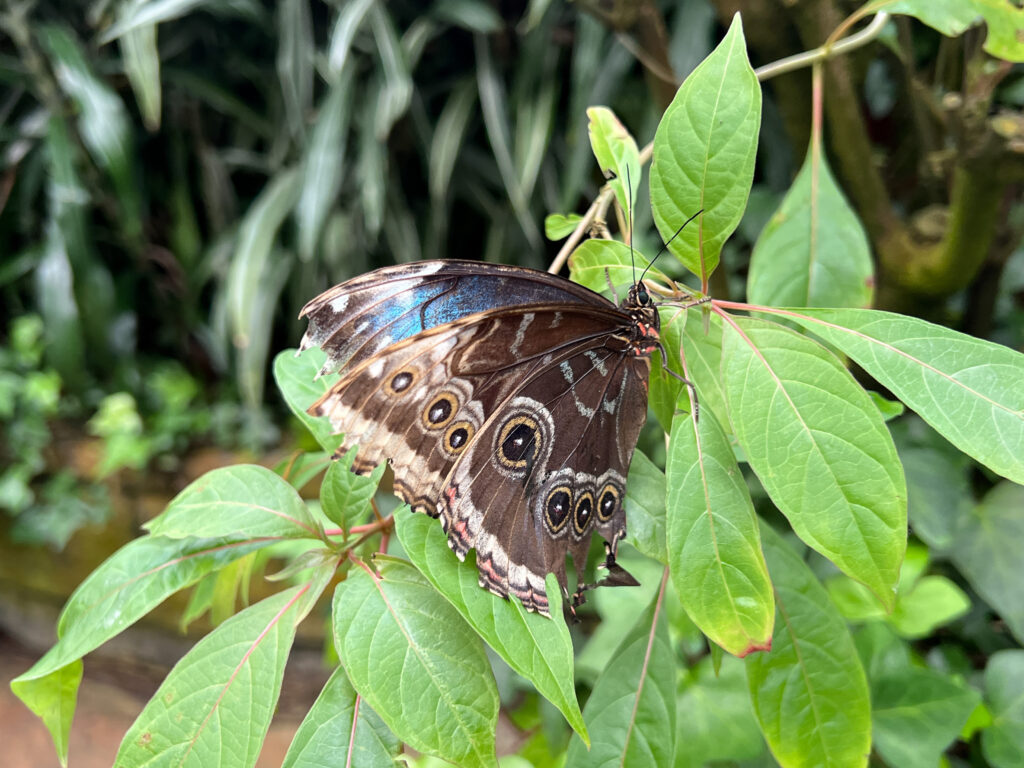
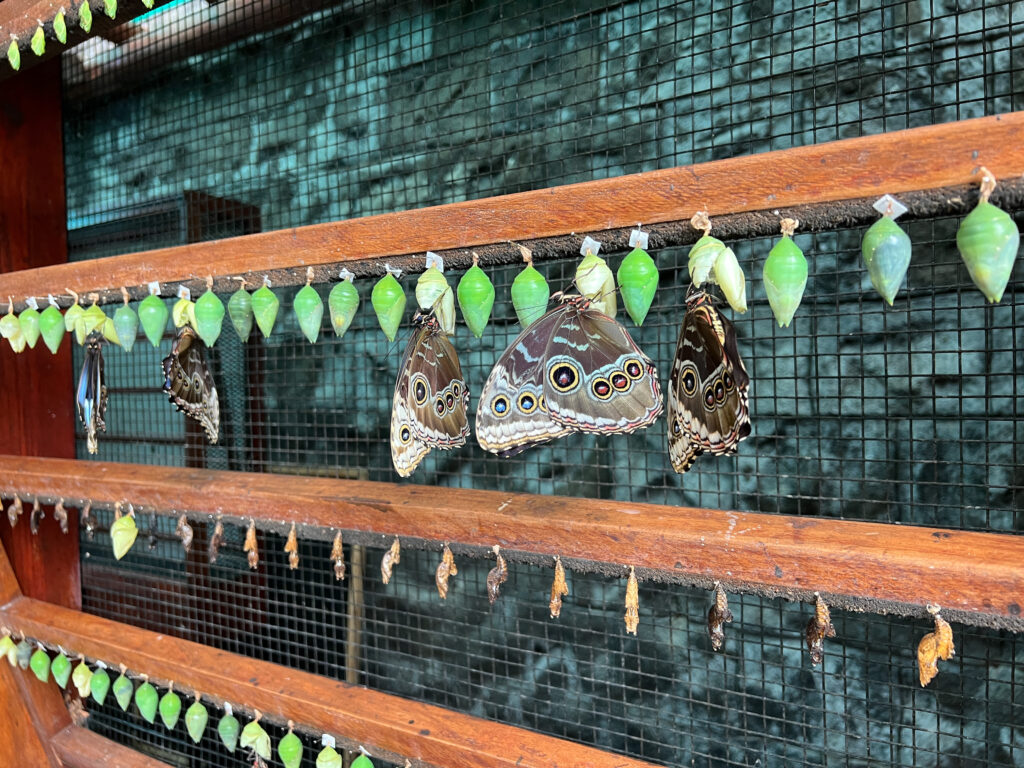
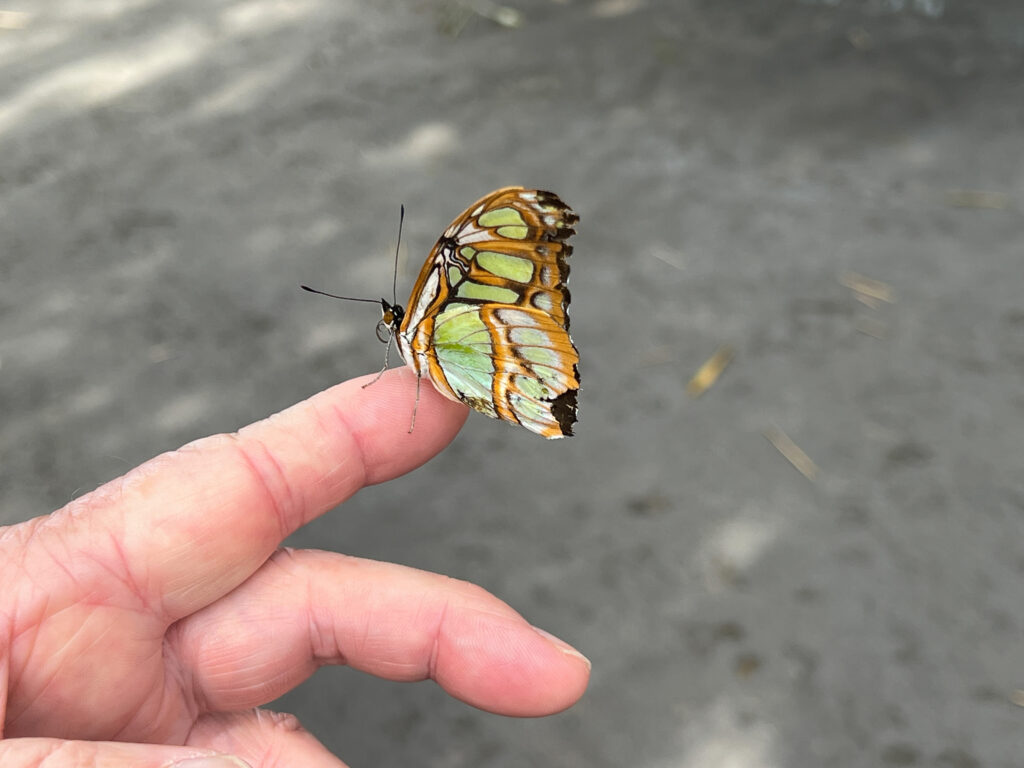

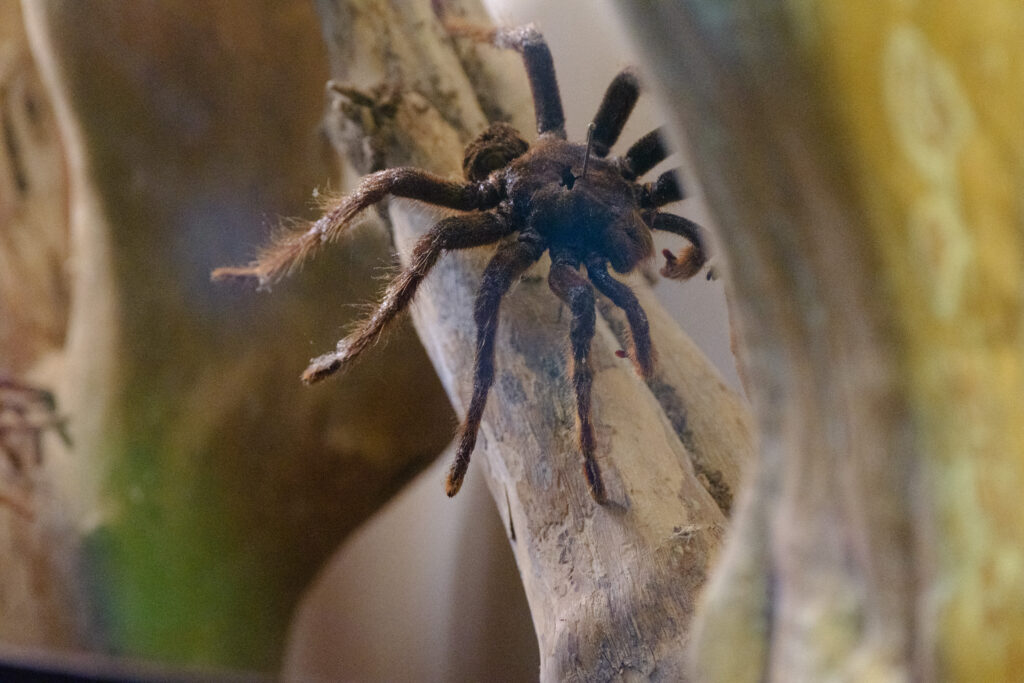
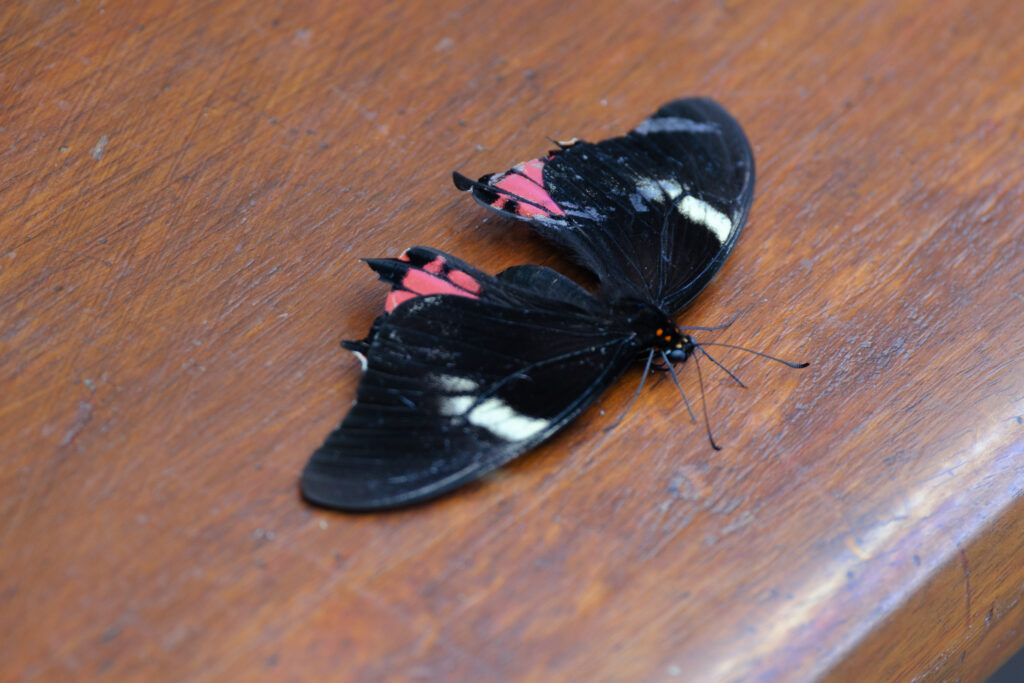
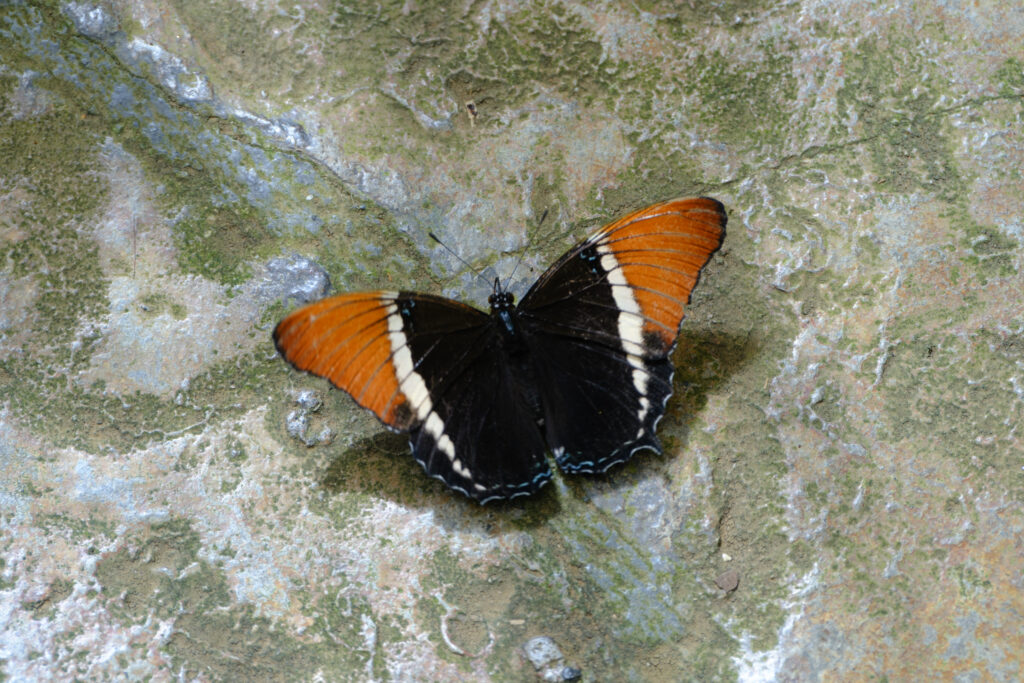
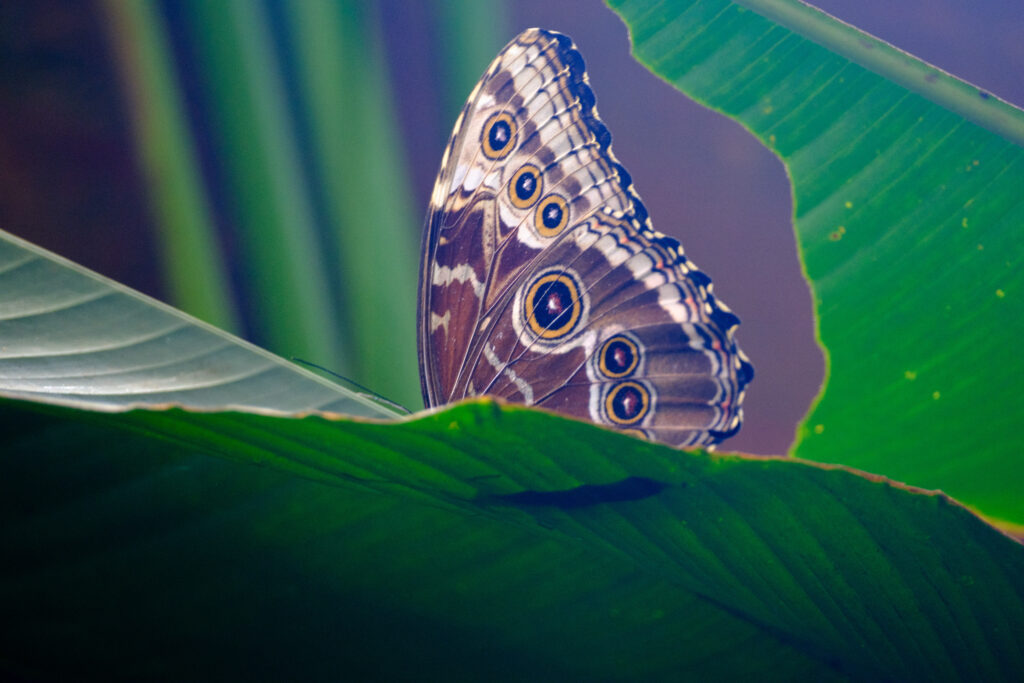
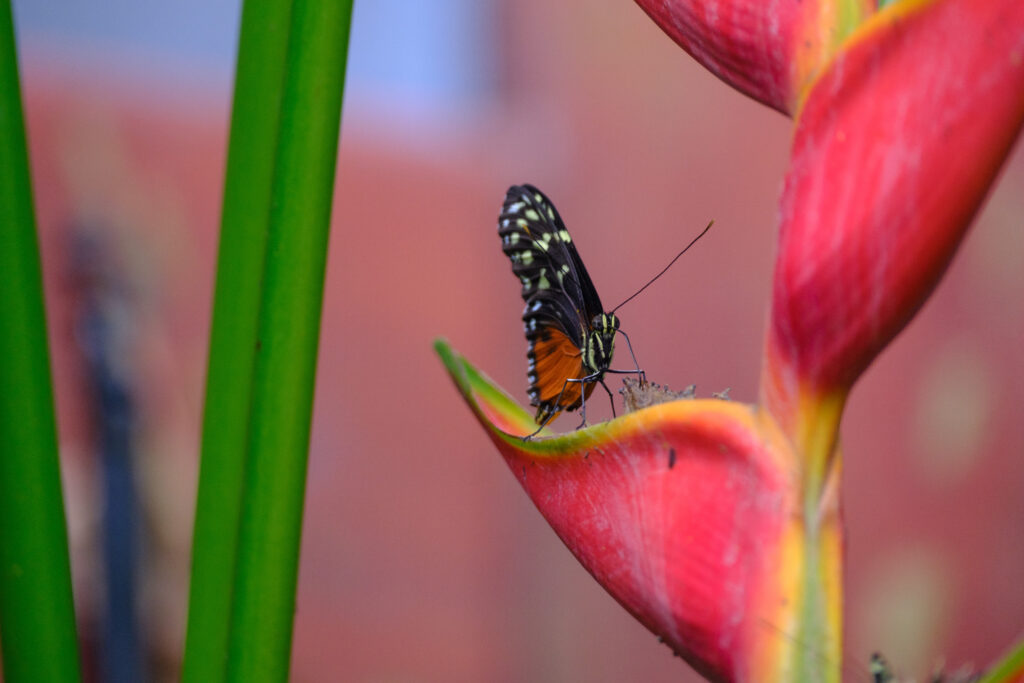
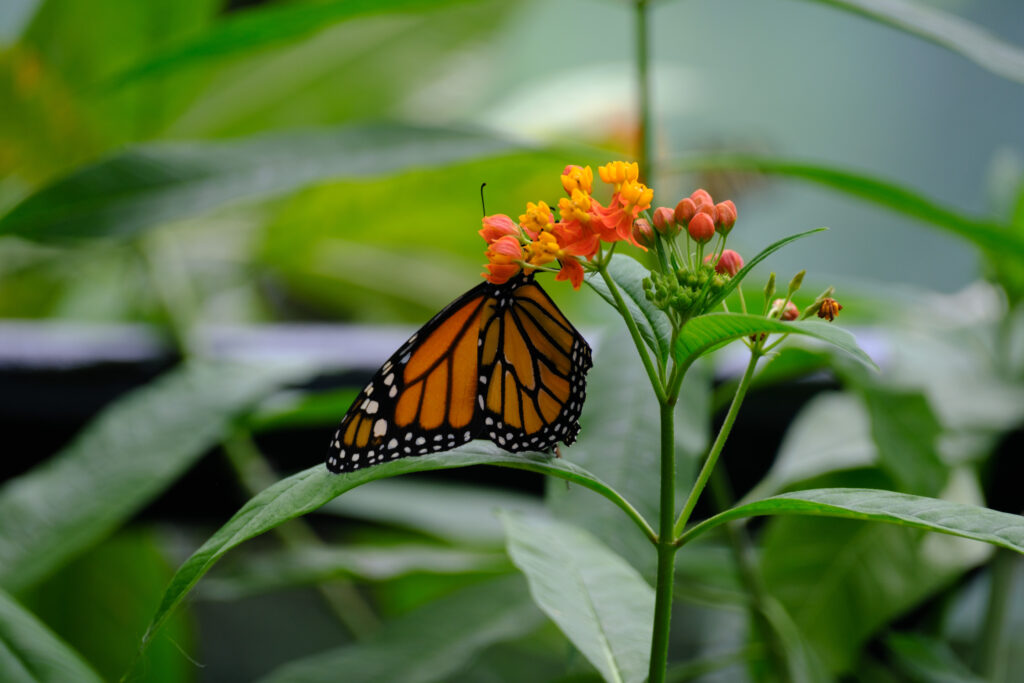
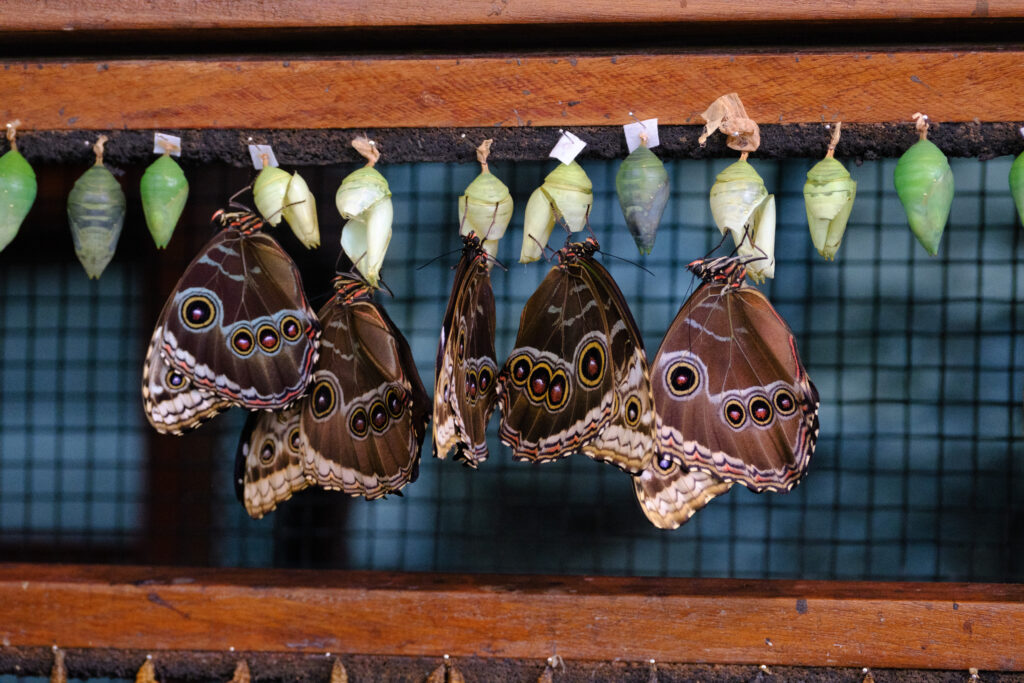
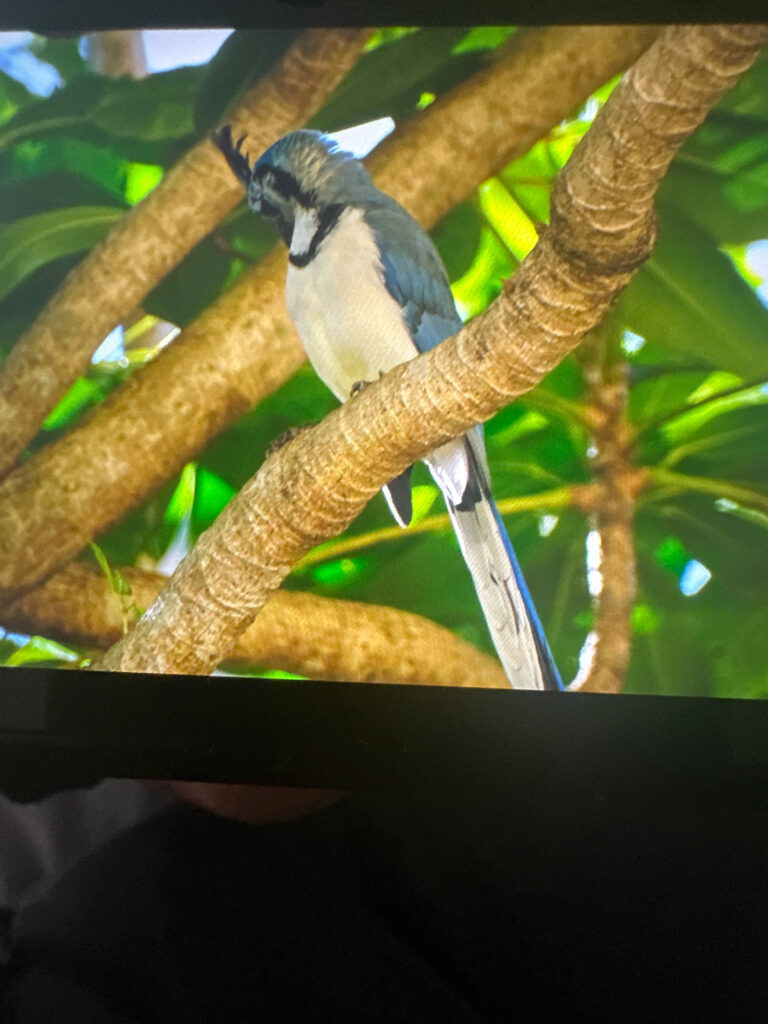
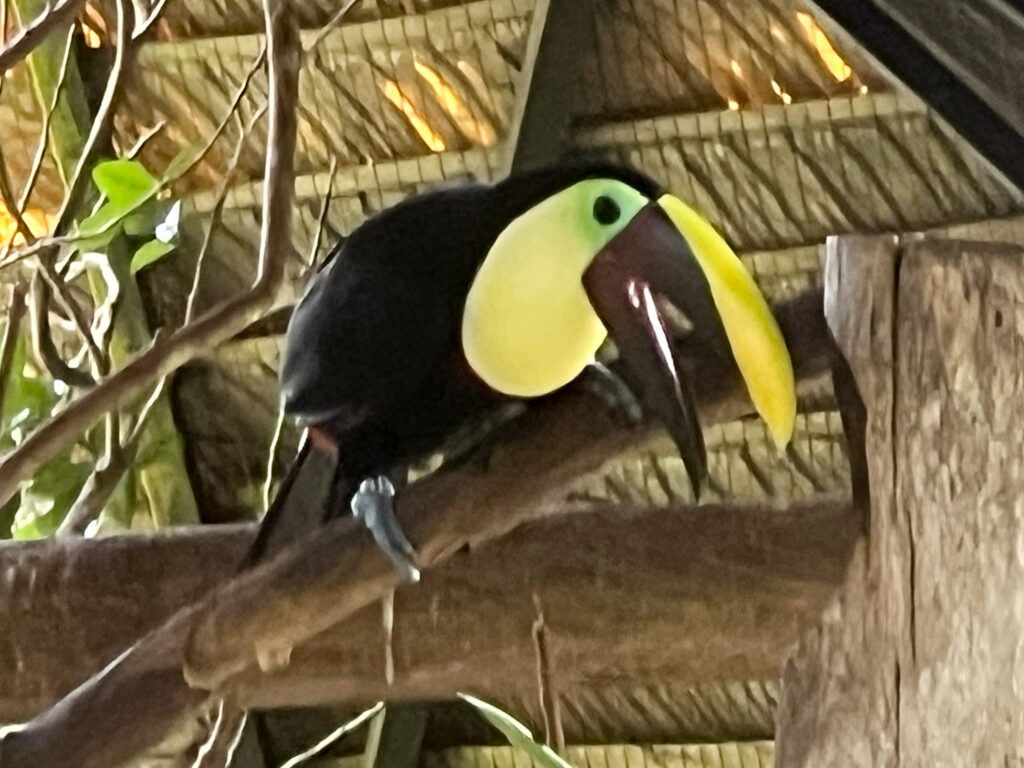
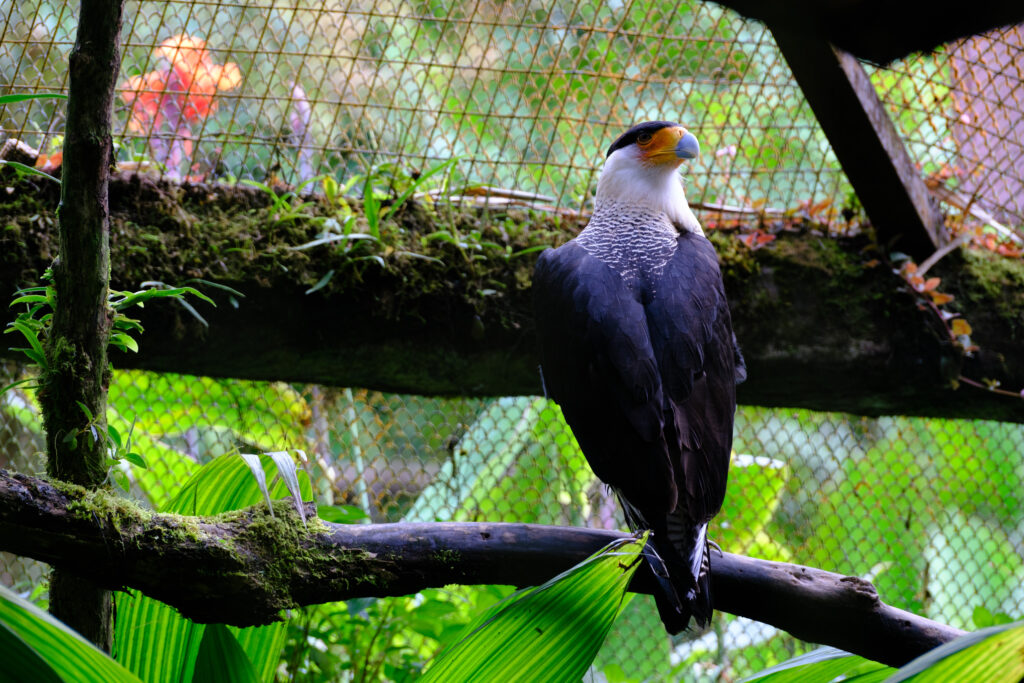
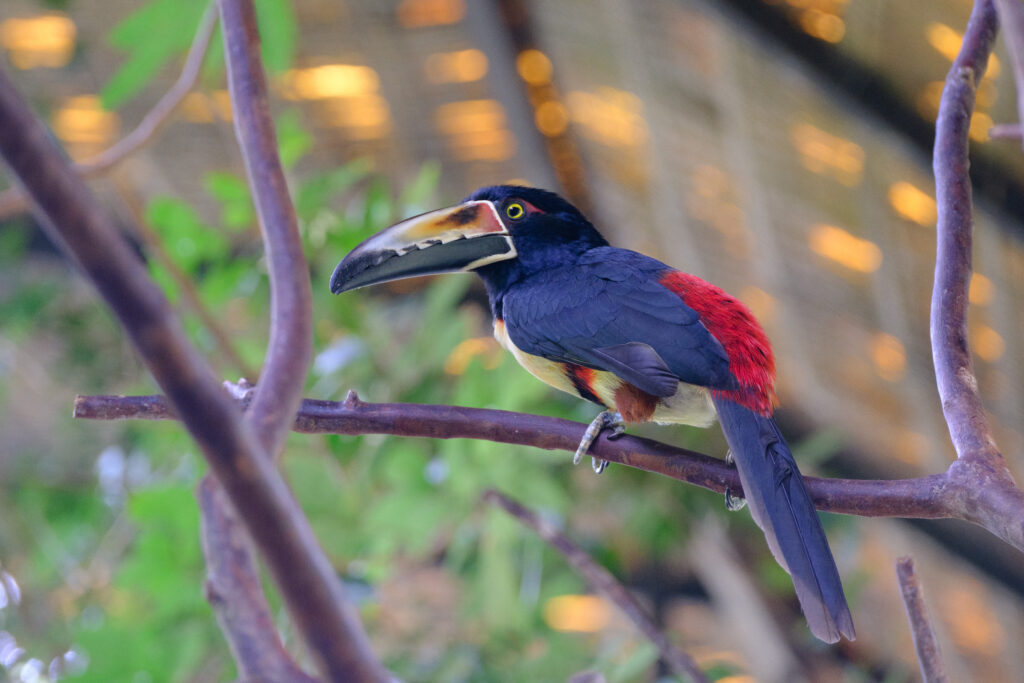
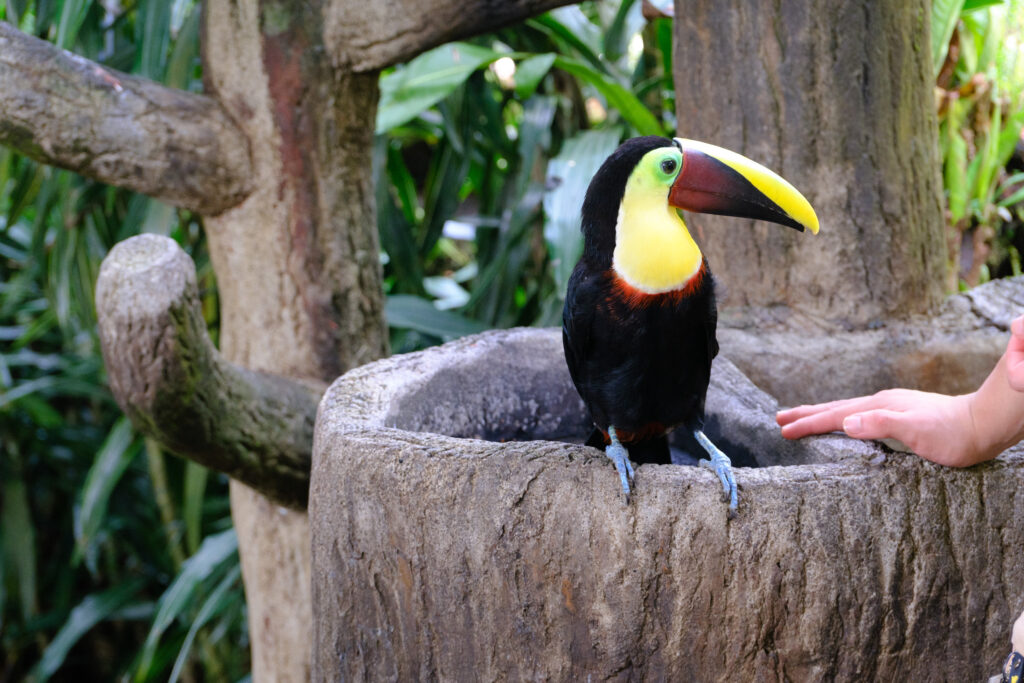
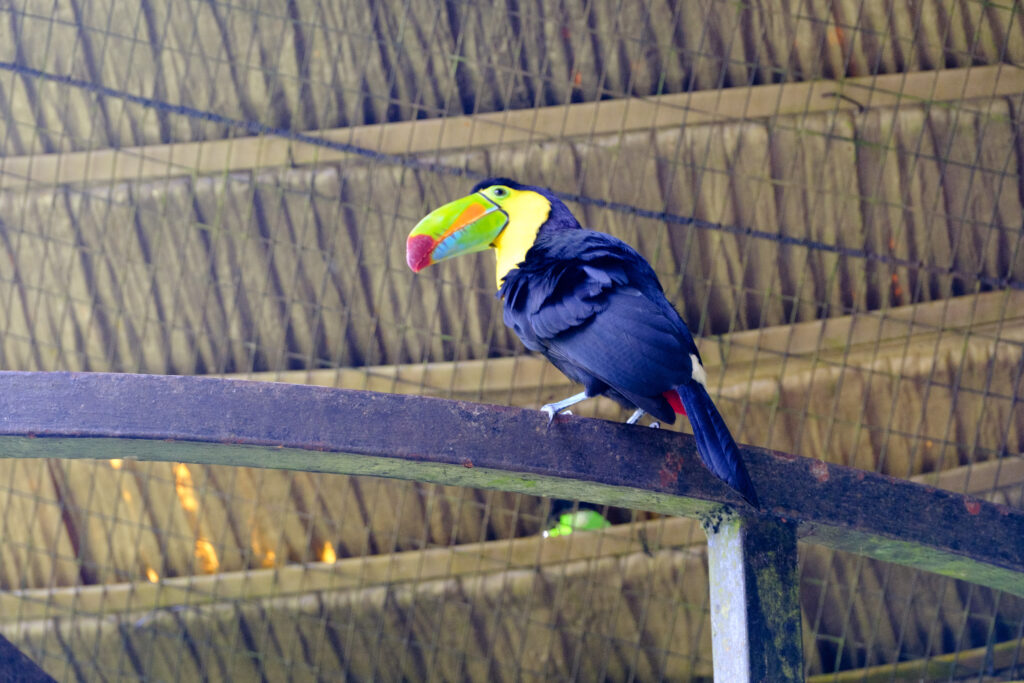
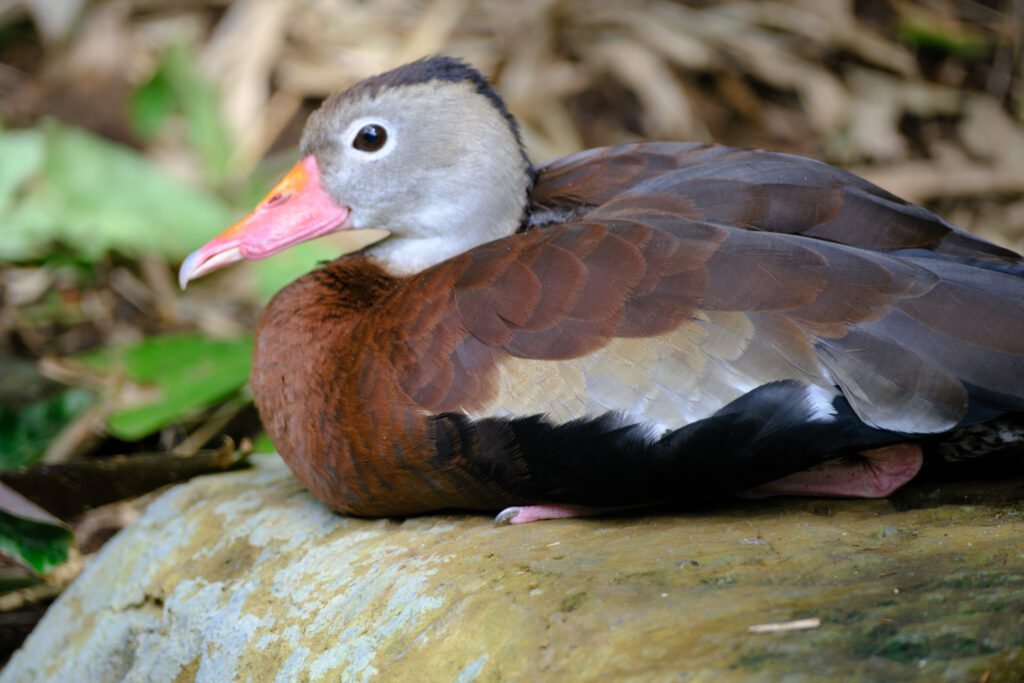
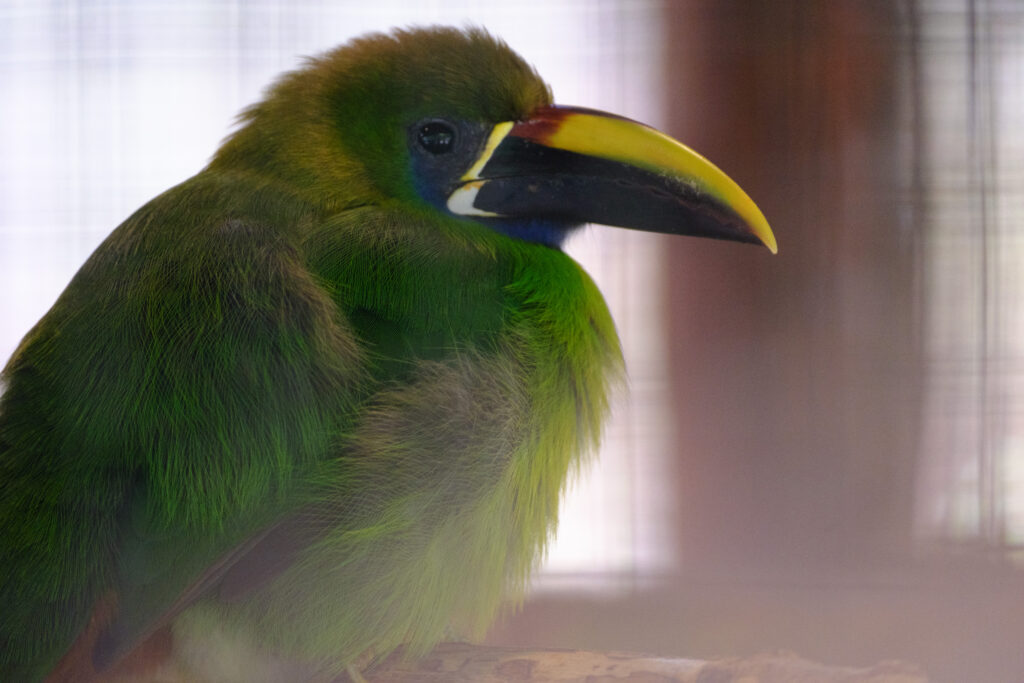
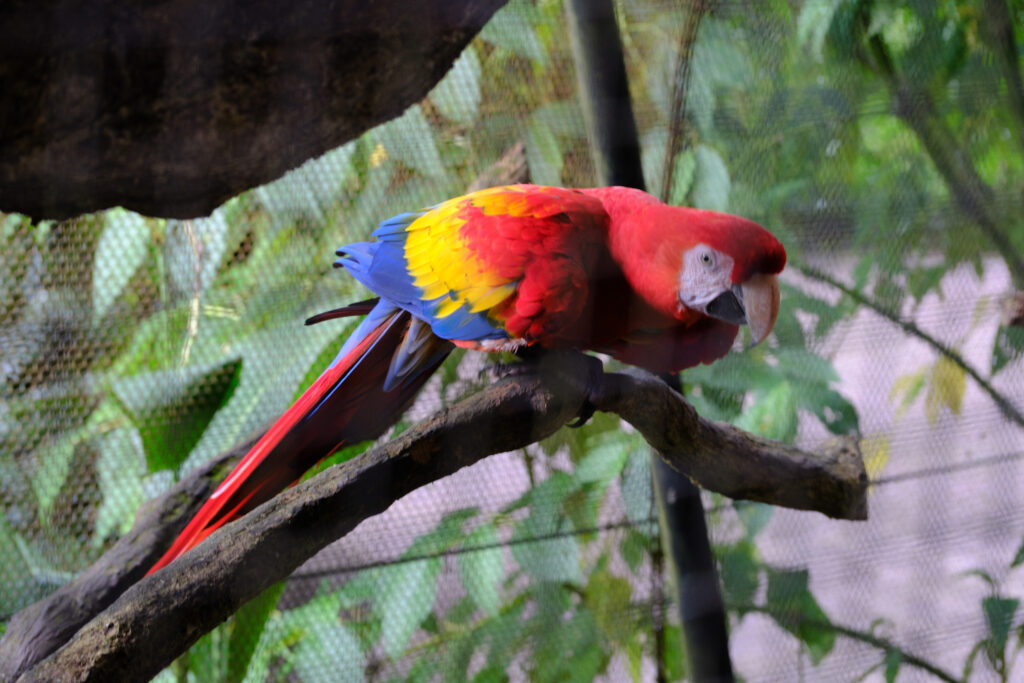
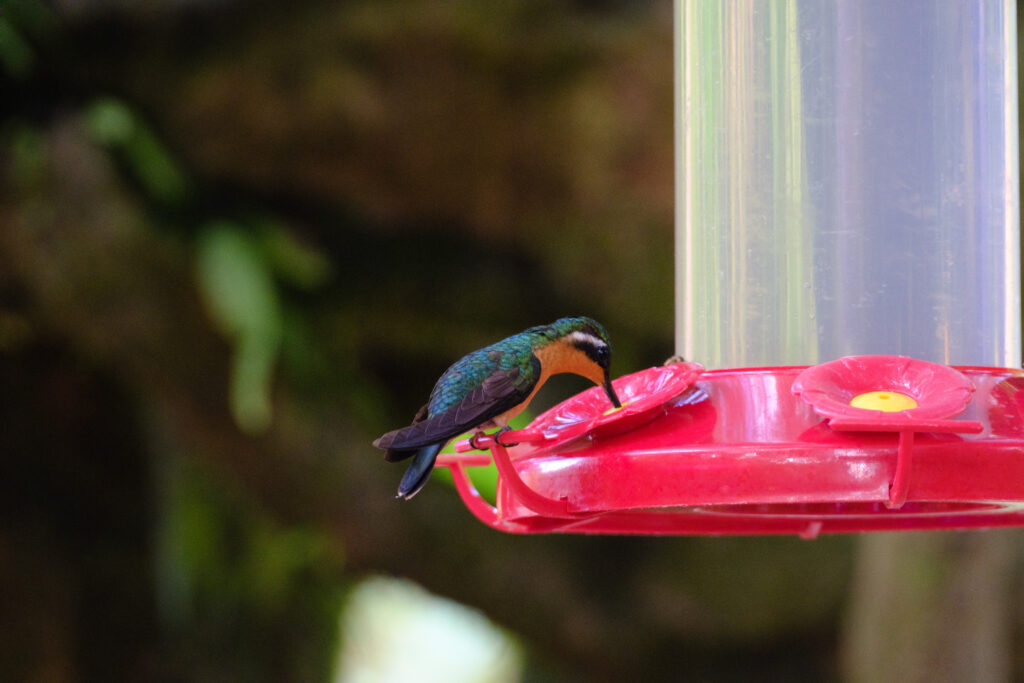
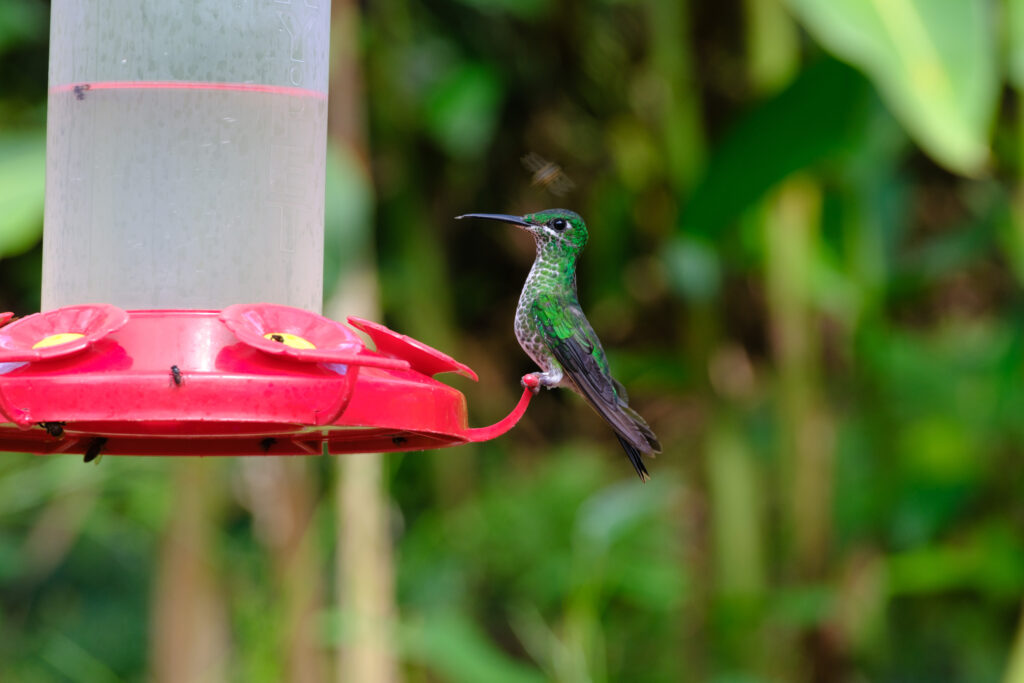

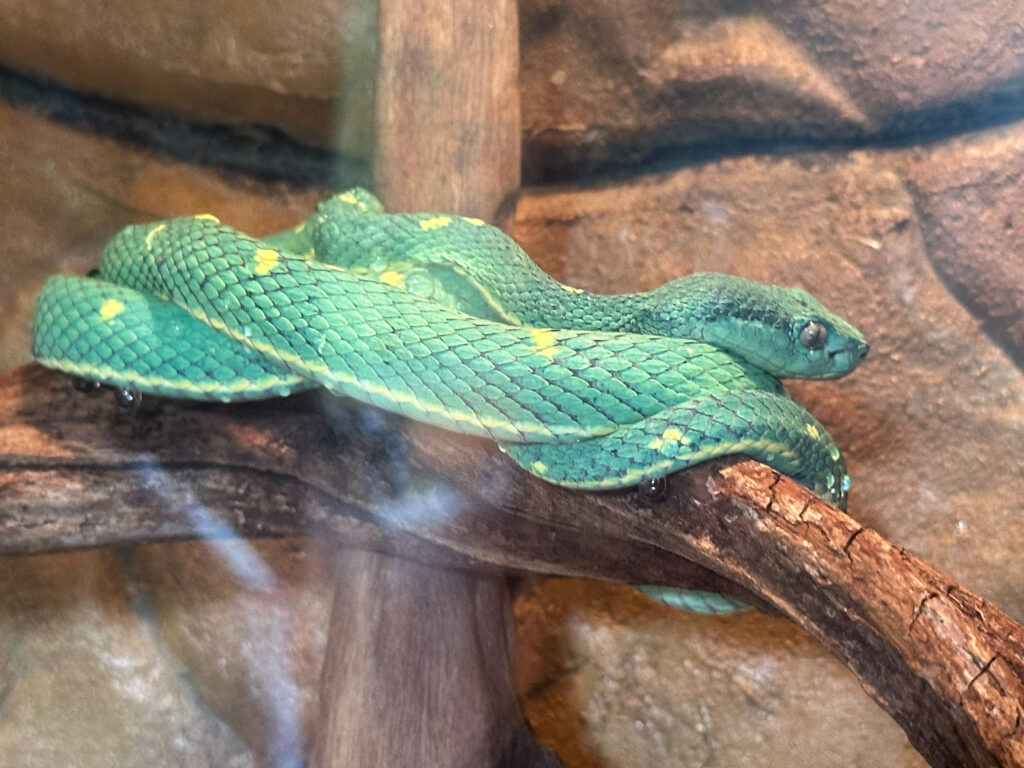
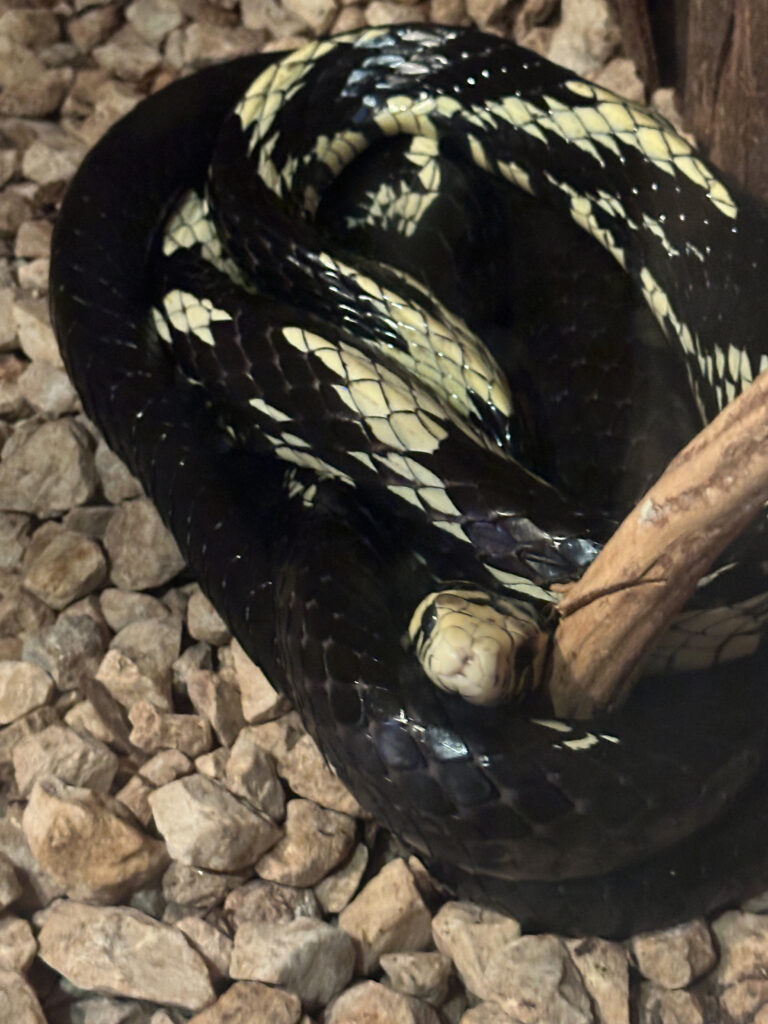
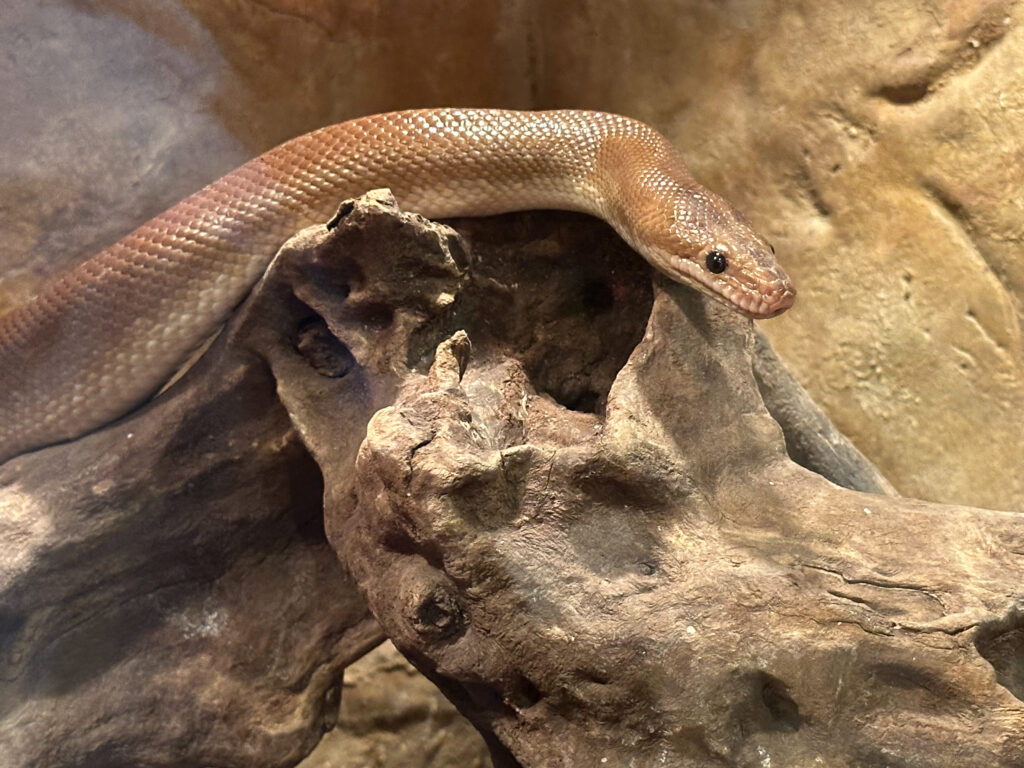
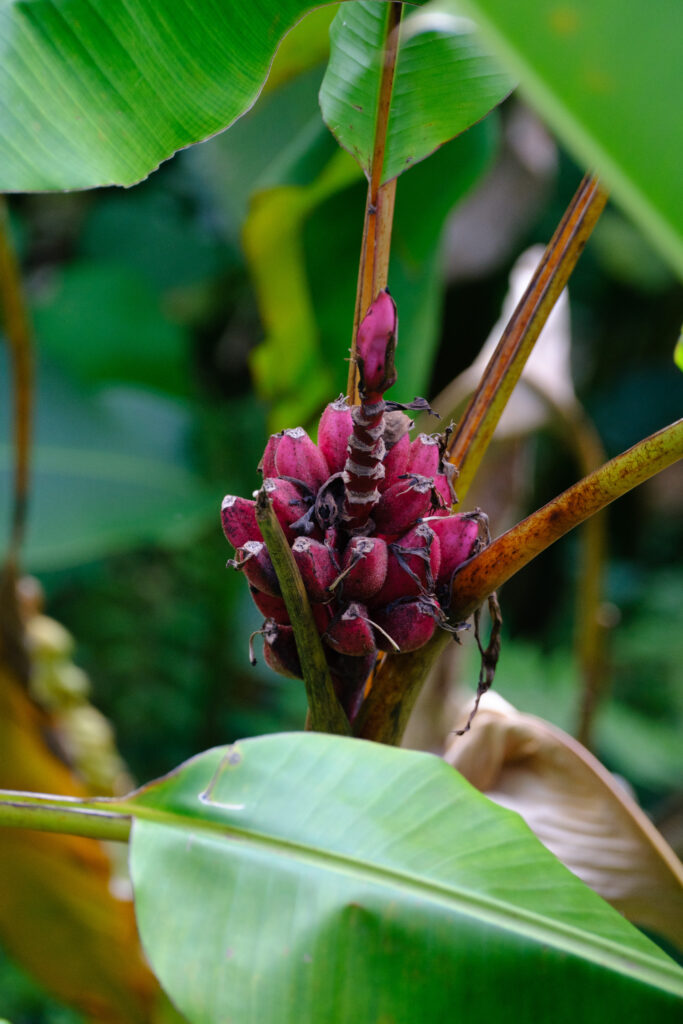

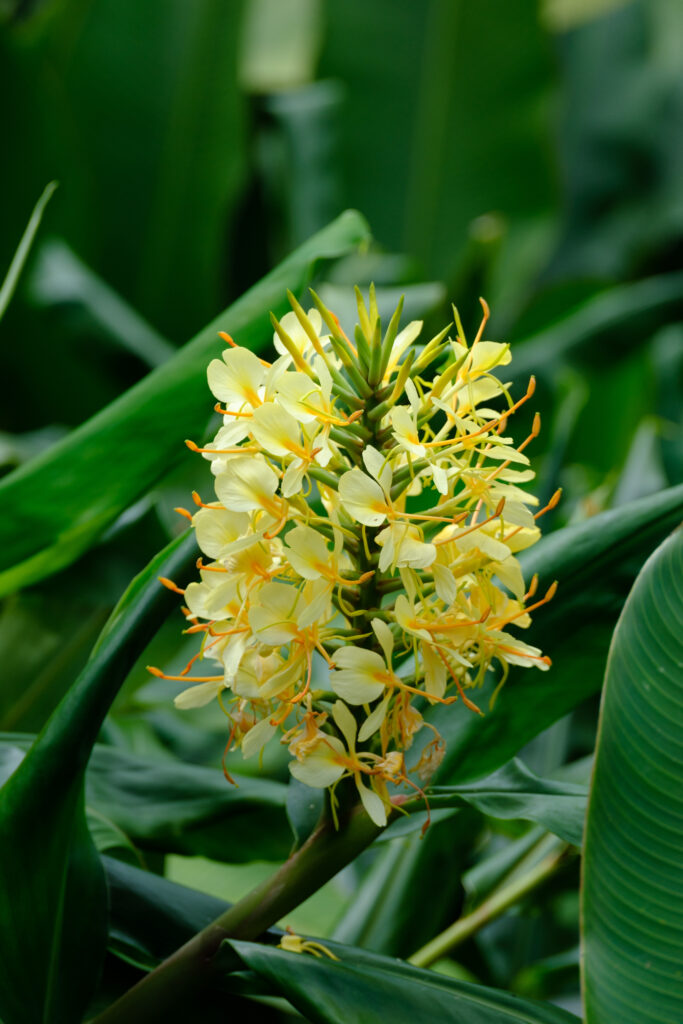
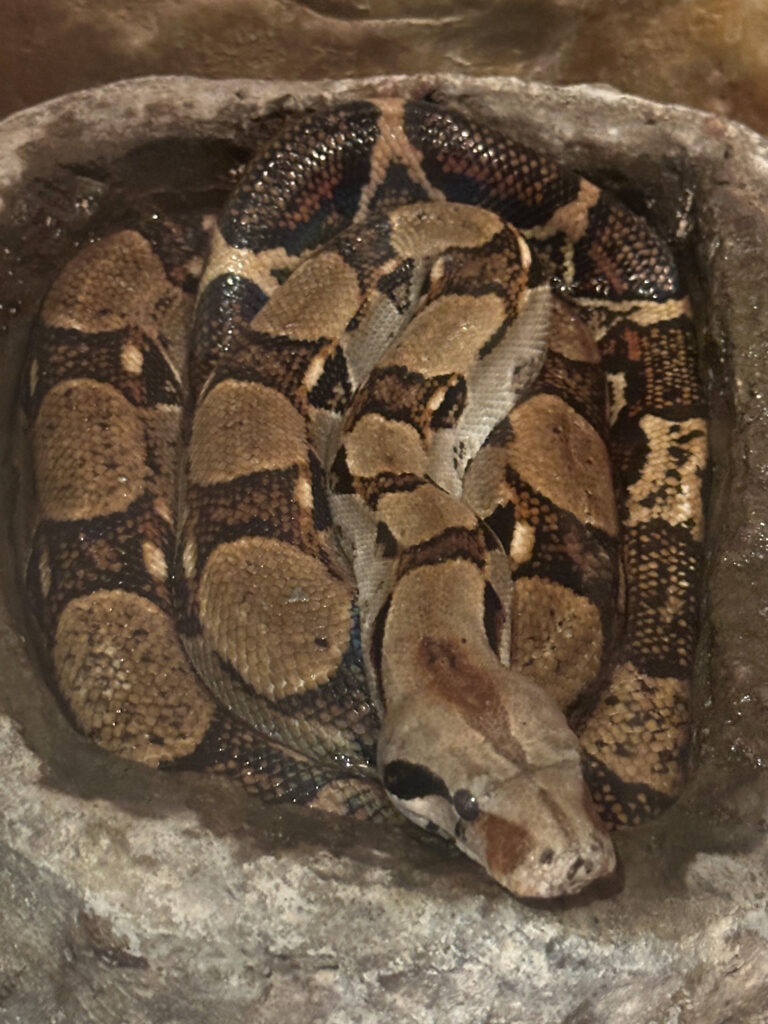
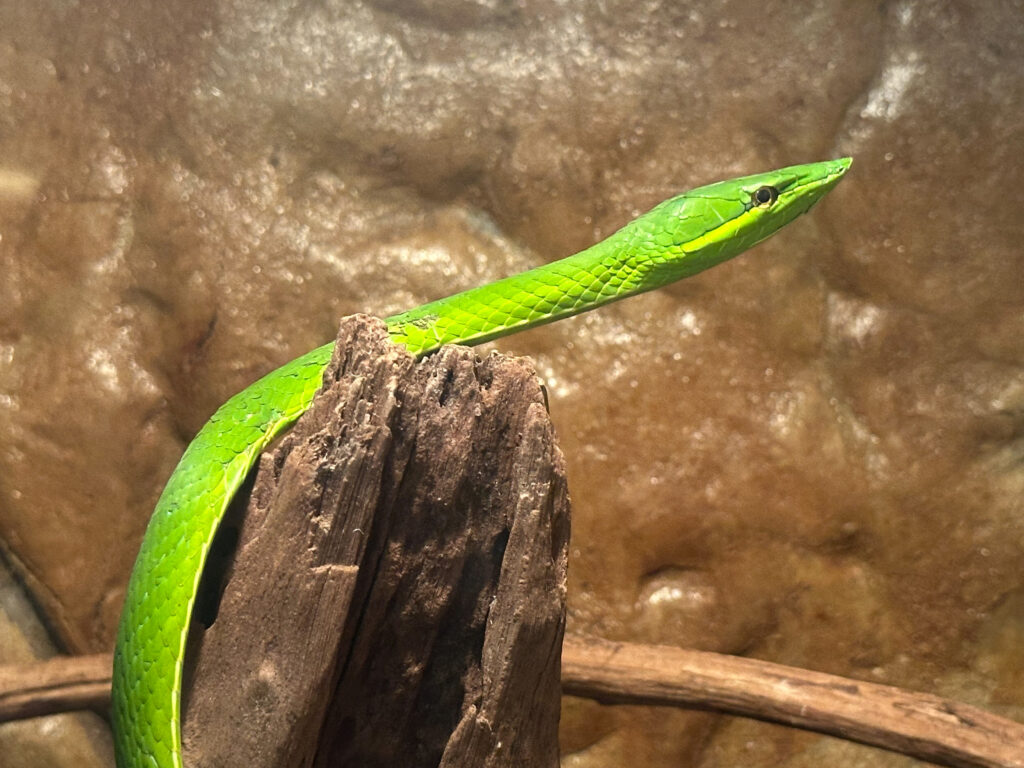
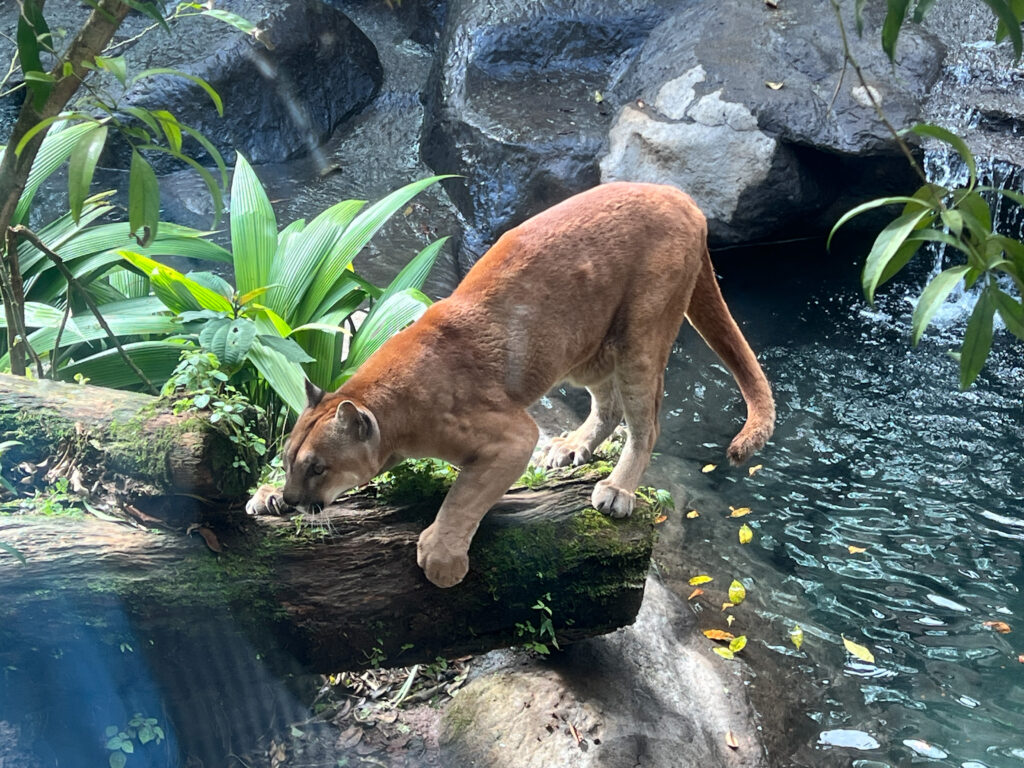

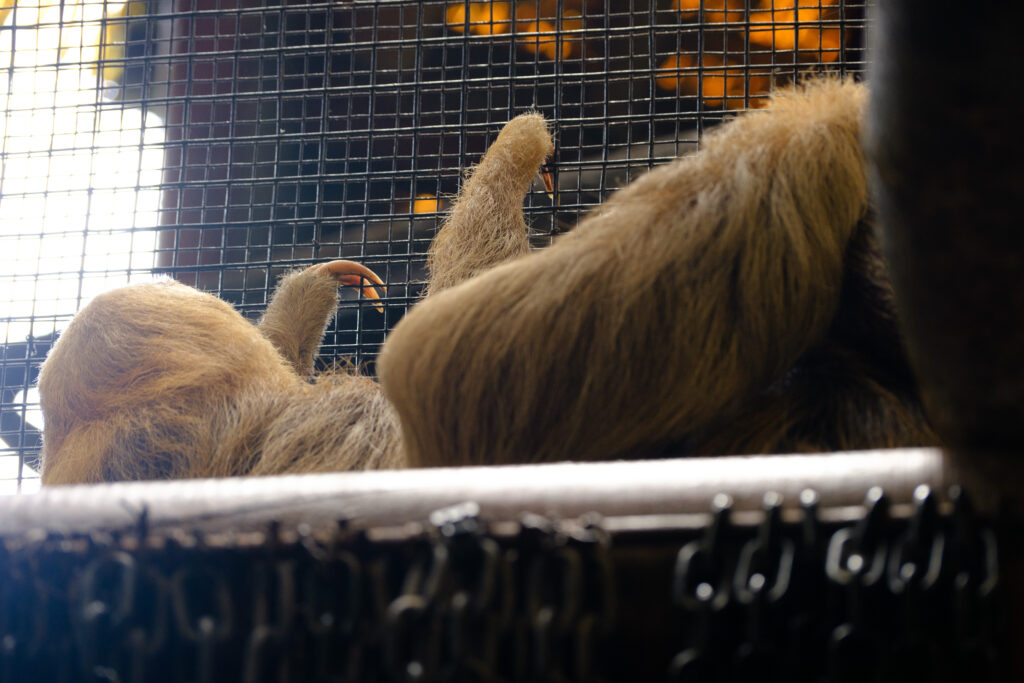
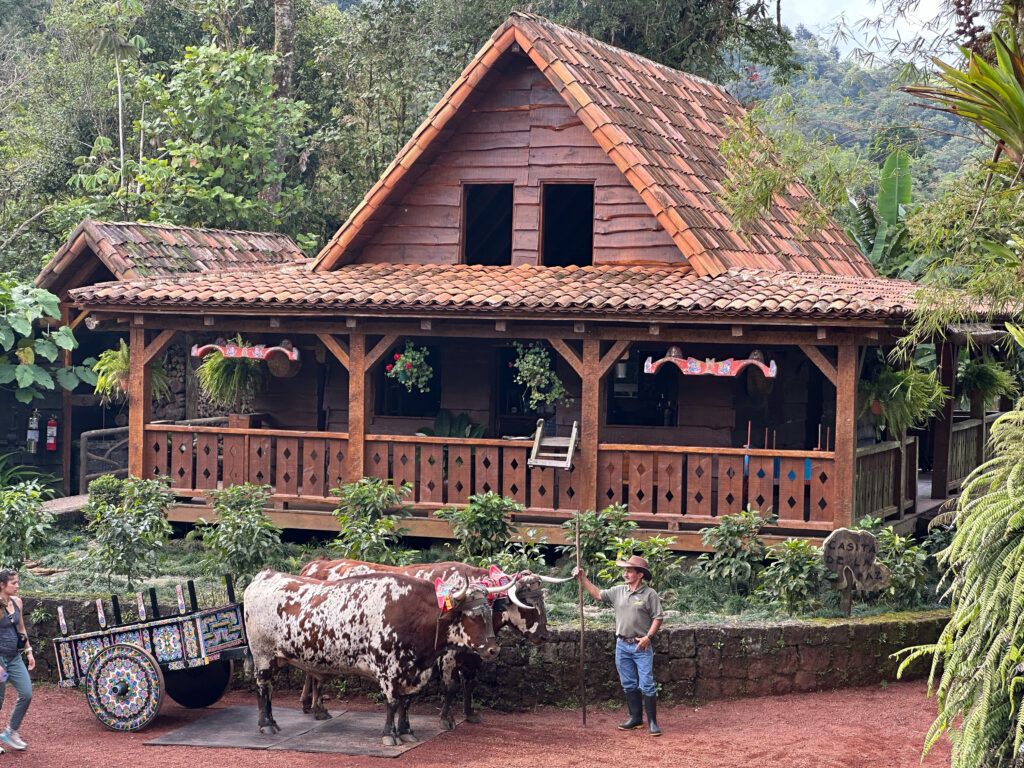

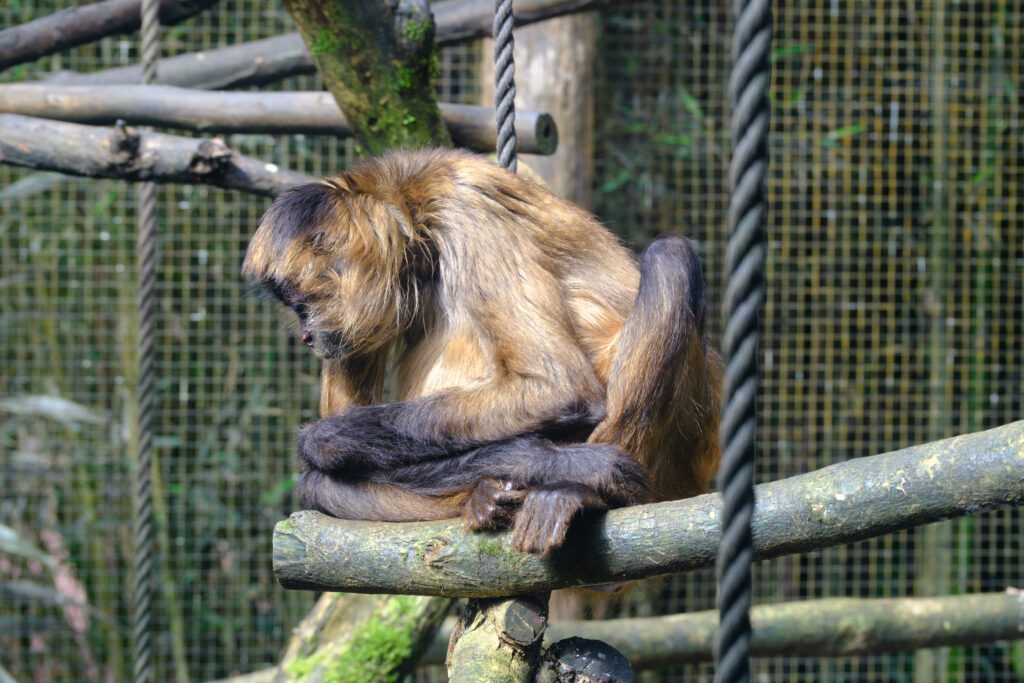
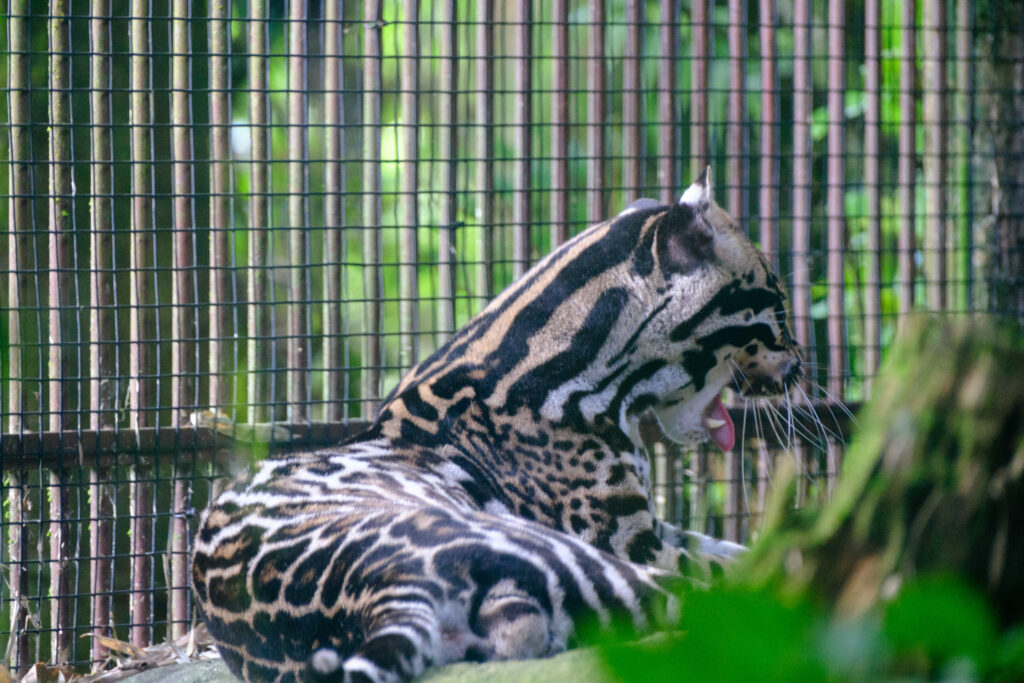
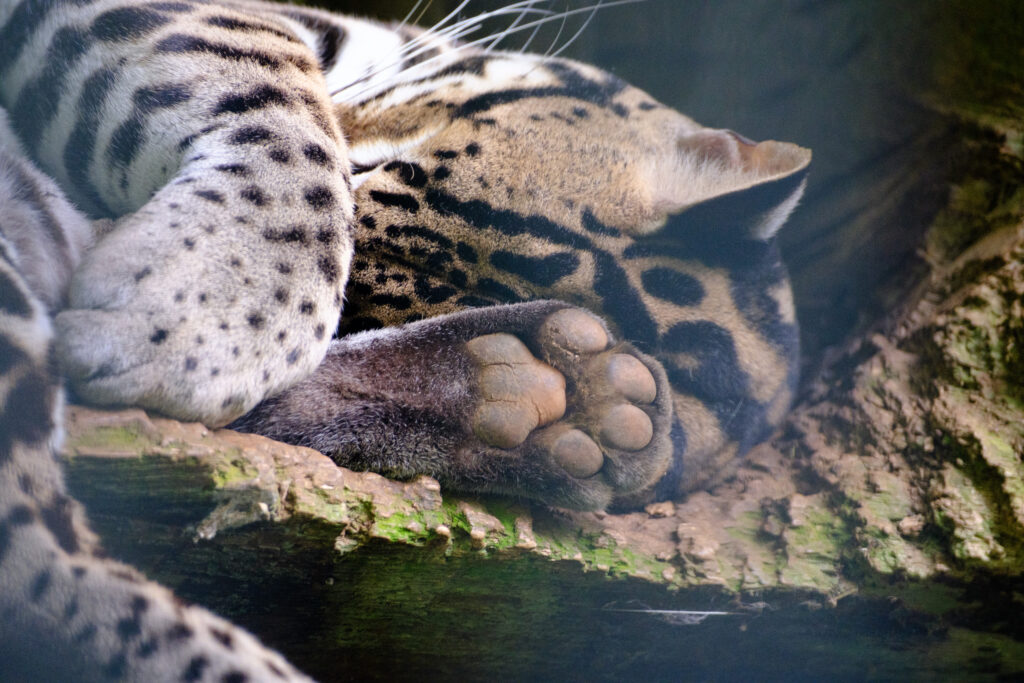
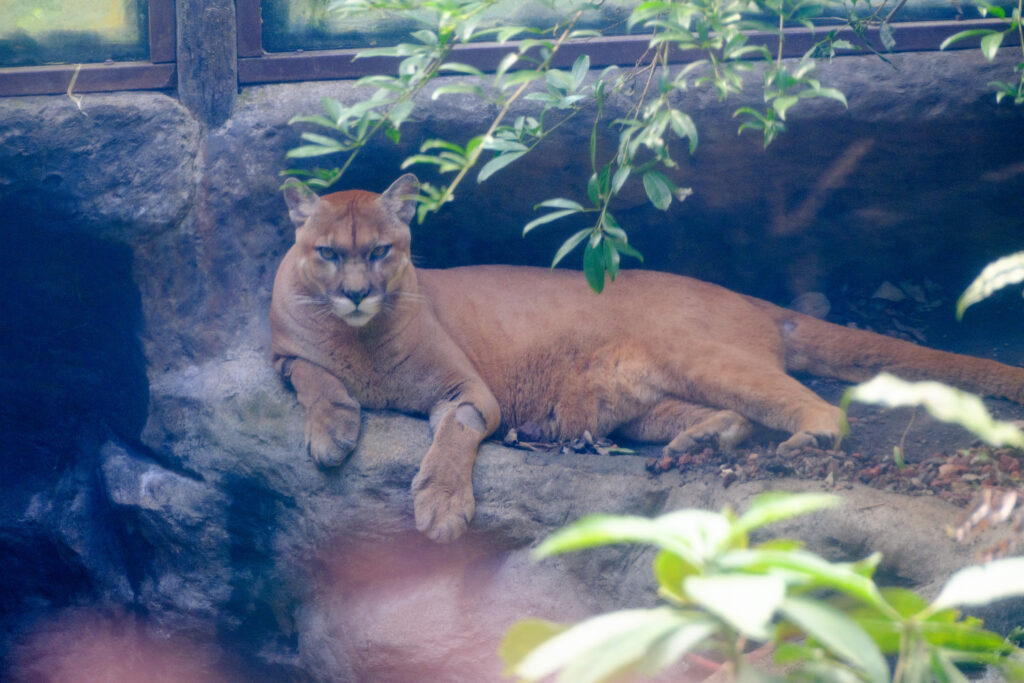
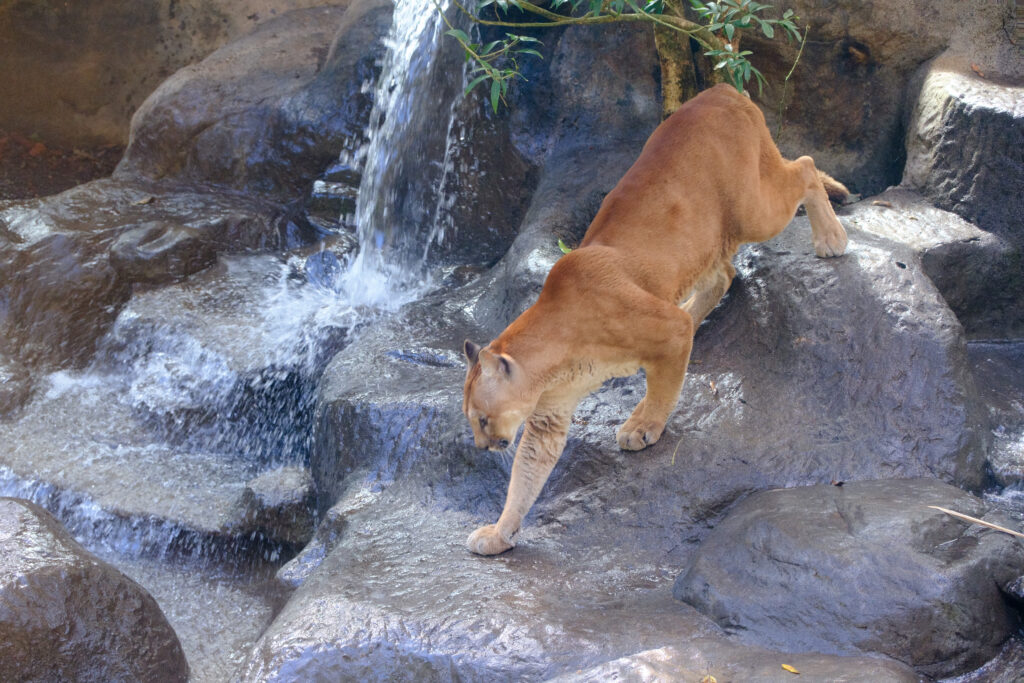
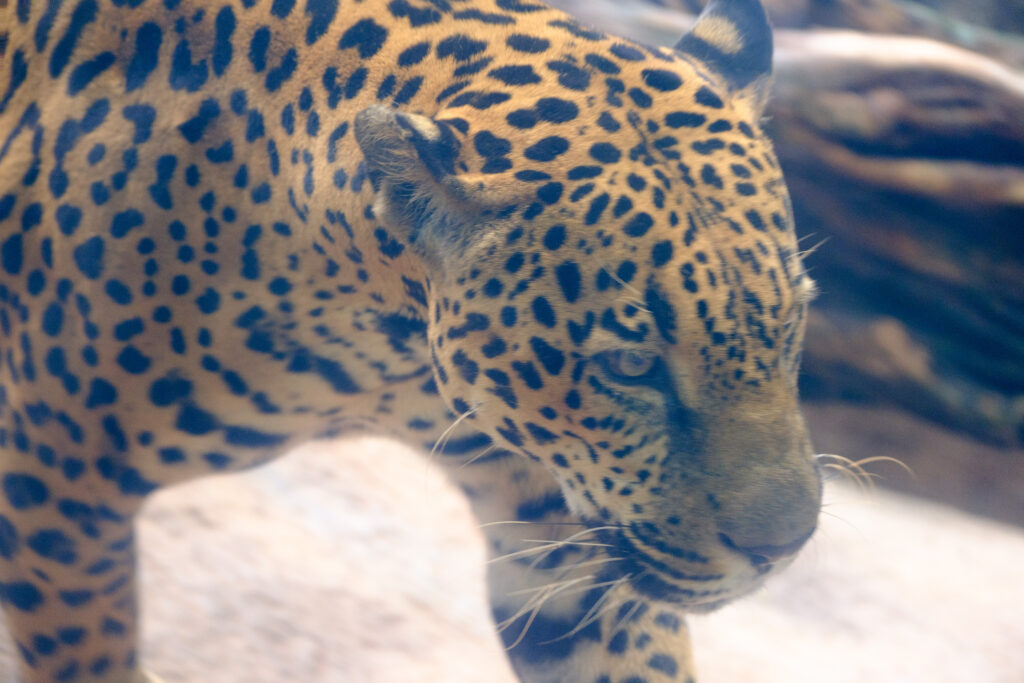
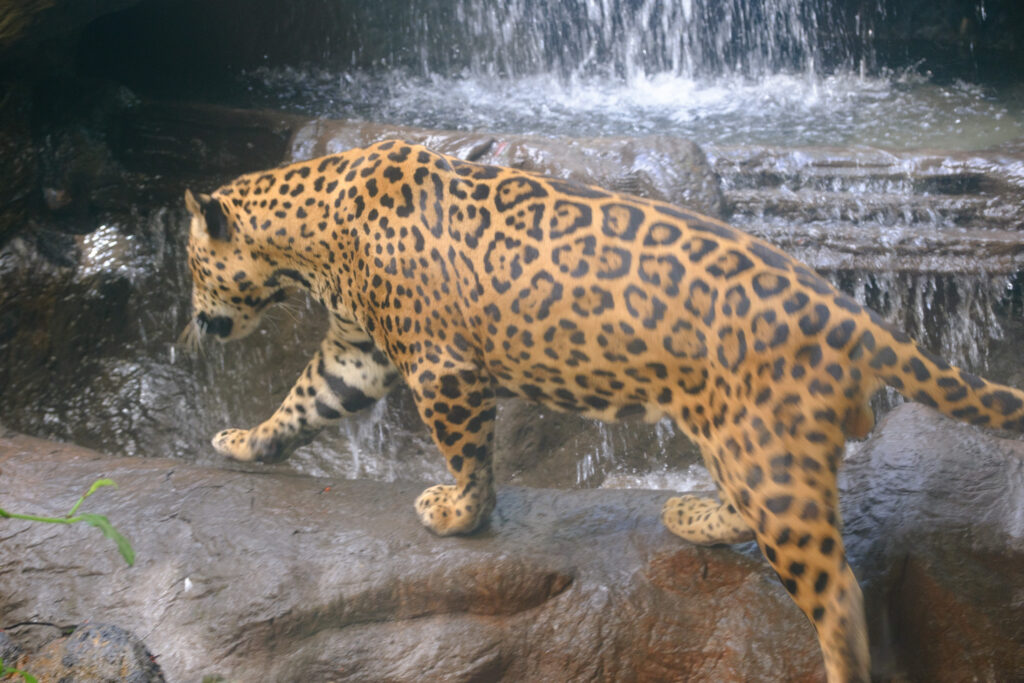
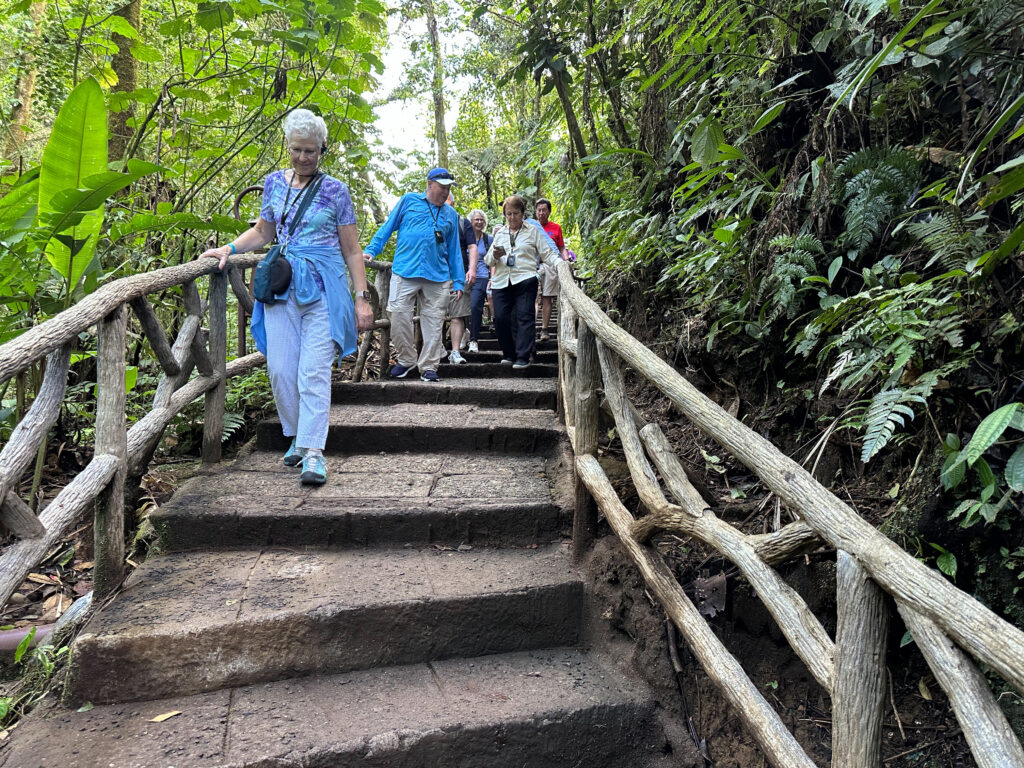
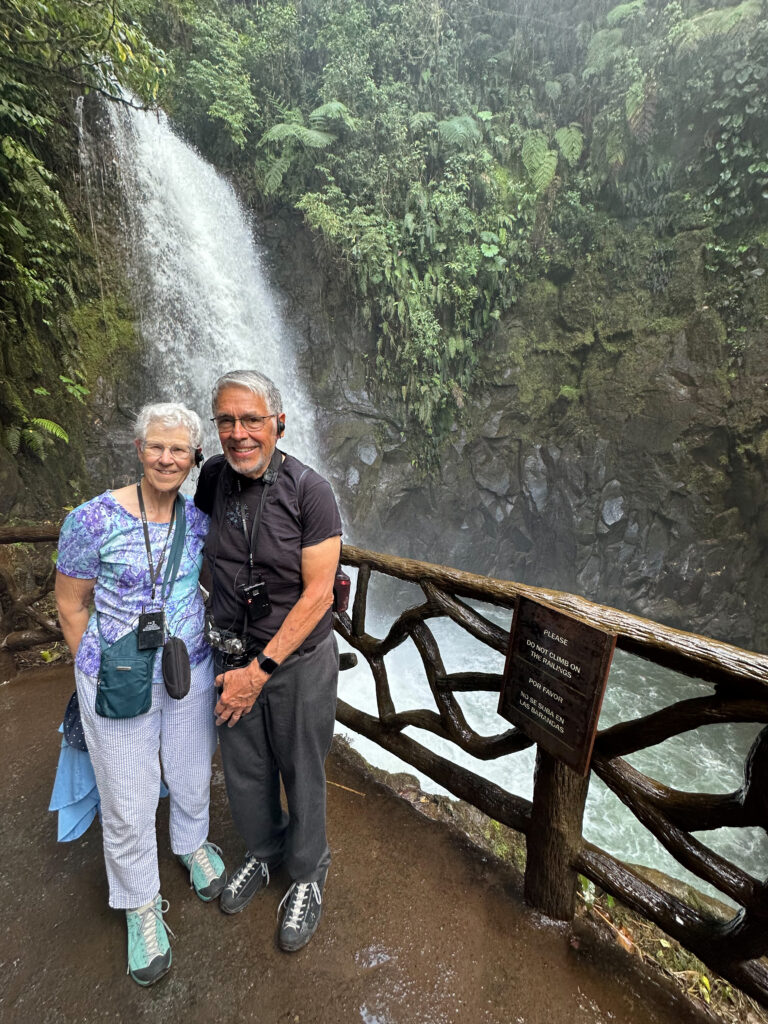
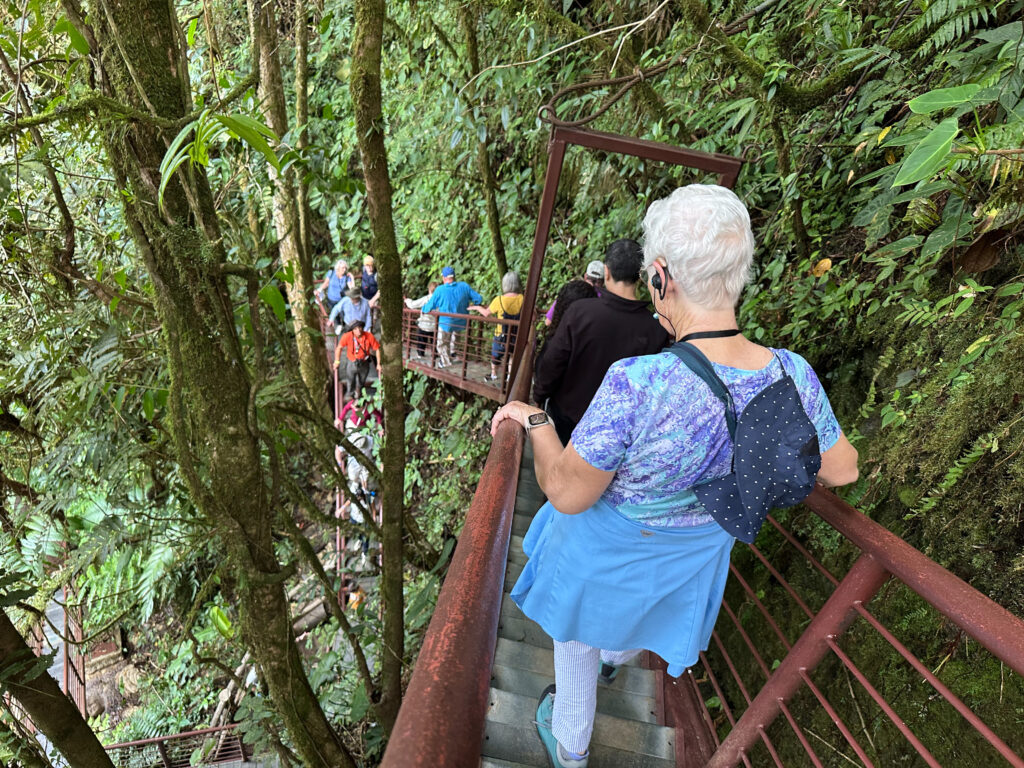
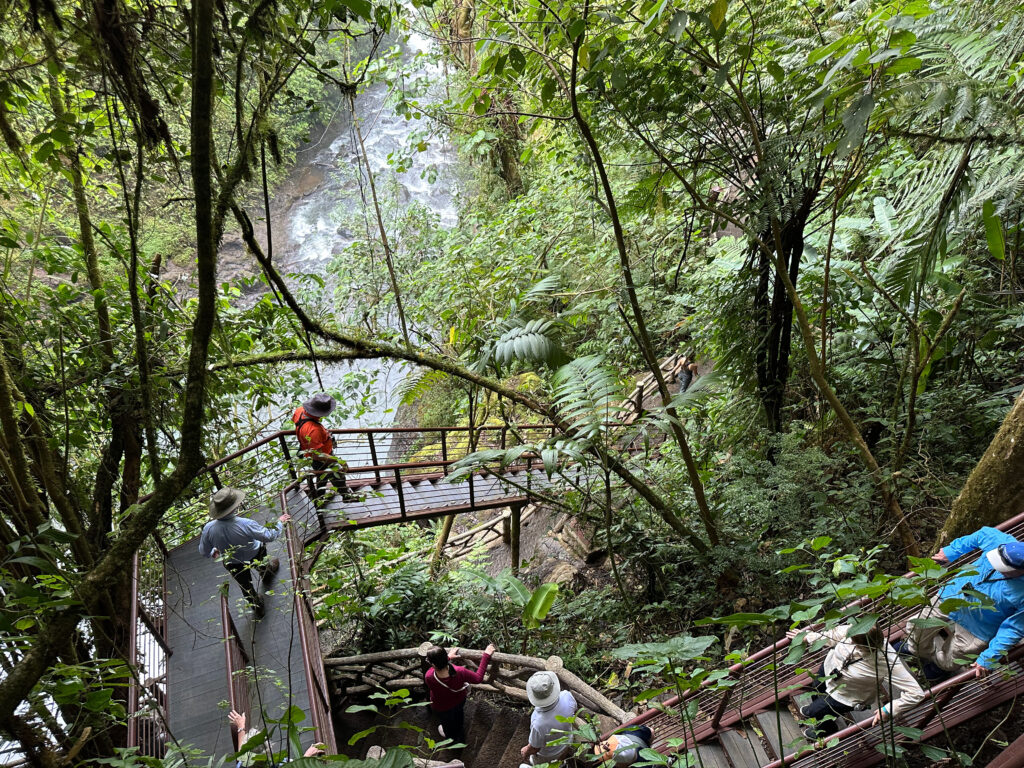
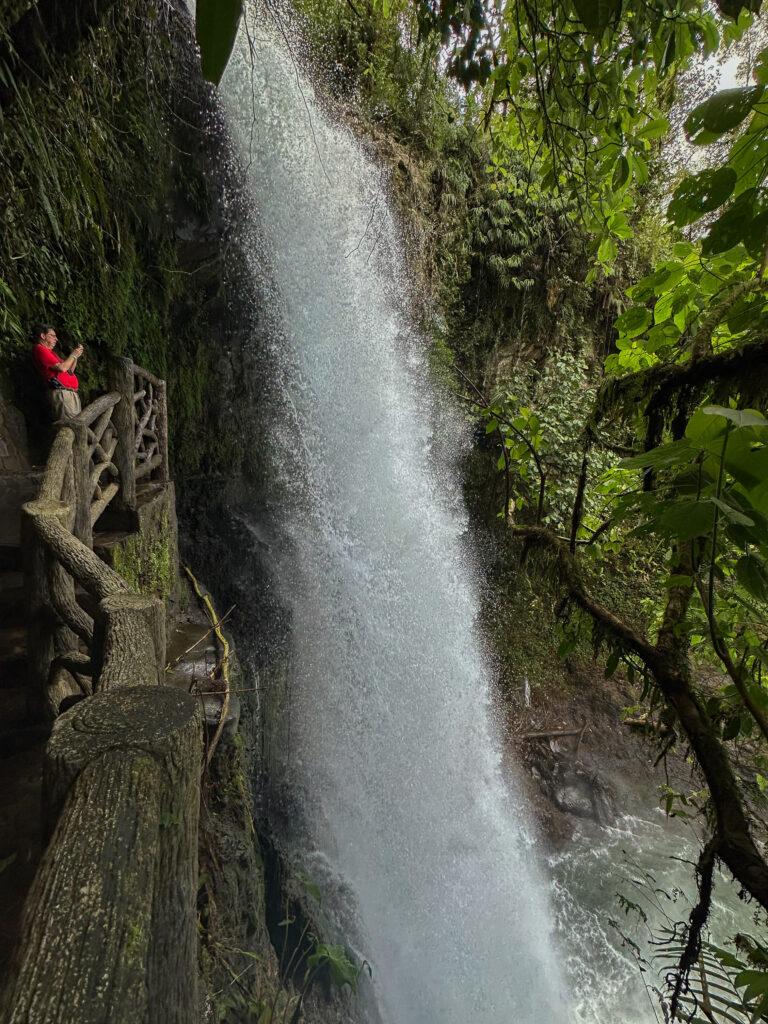
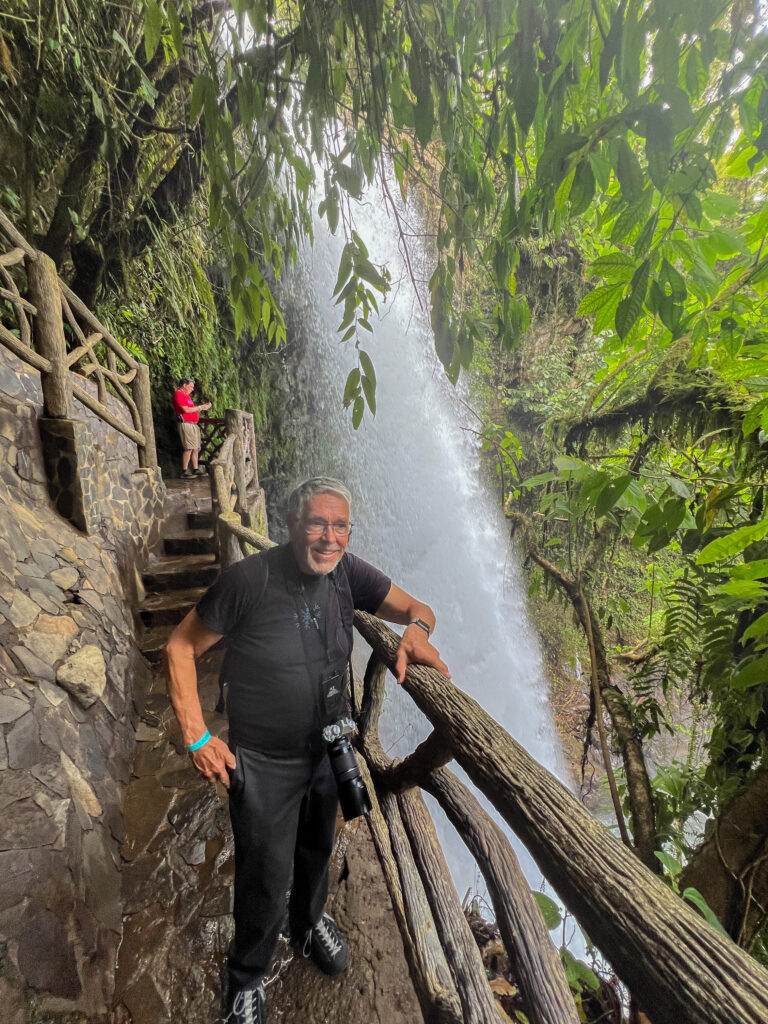
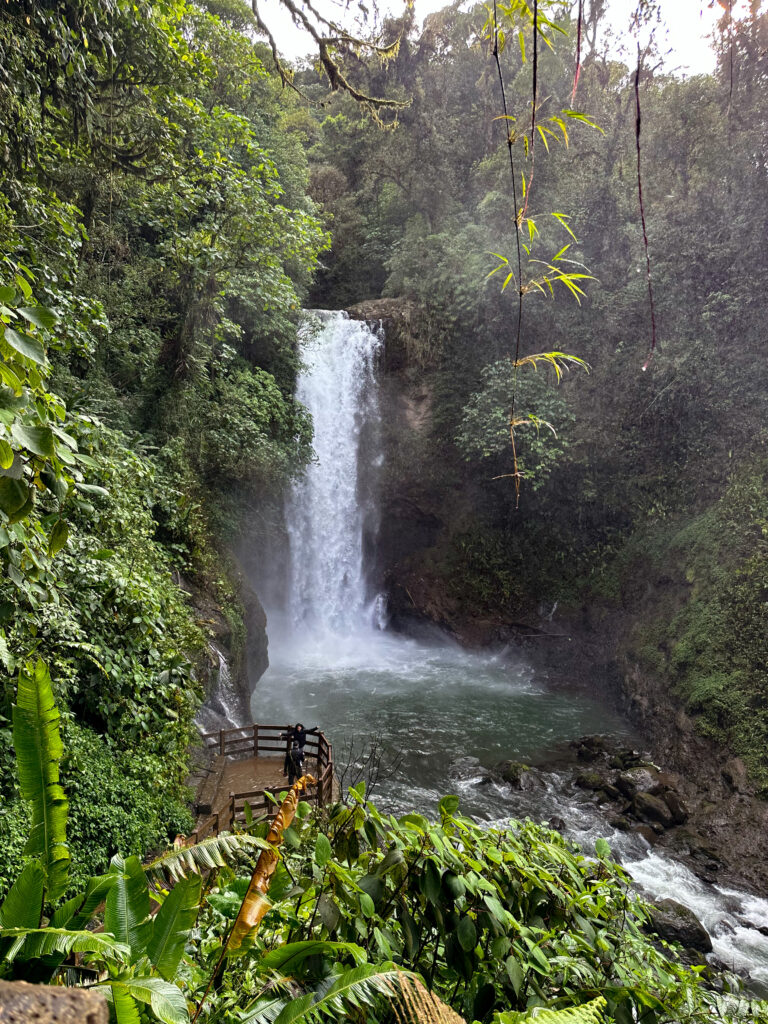
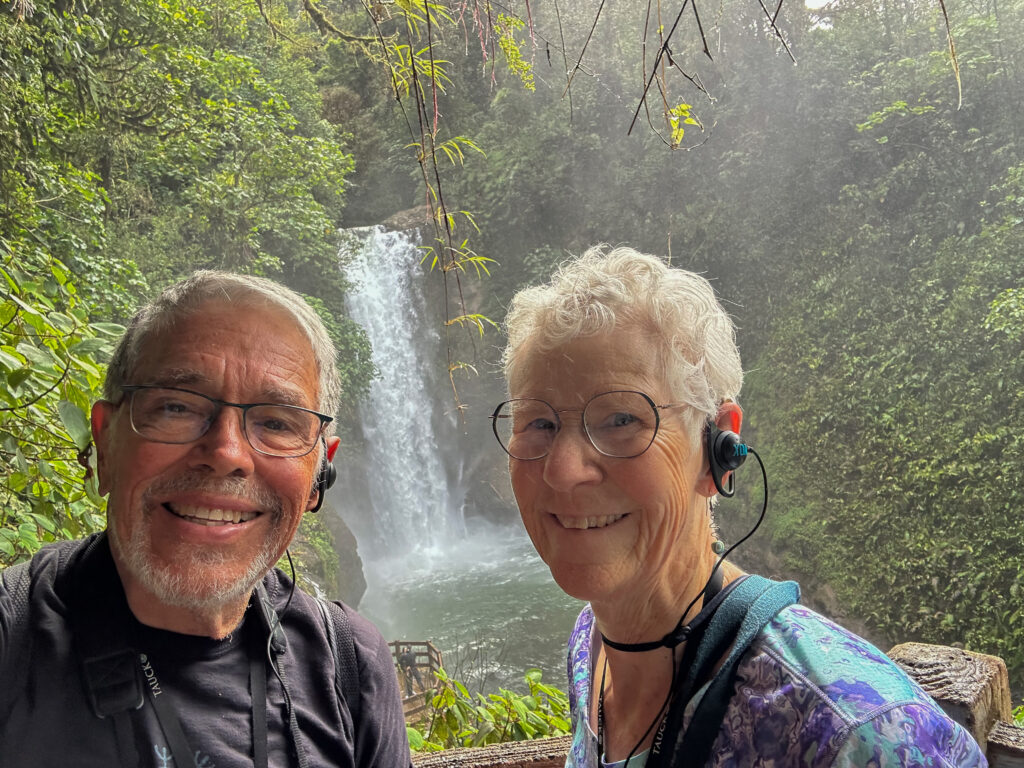
Always enjoying your notes. We went to the La Paz waterfall with our family, and we were drenched on the walk down. But that was part of the fun. We do go out of our way to collect birds and need about 35 more to get to 1000, which we sure hope to do when we come to Costa Rica on the 27th
37 birds should be a walk in the park, or maybe rain/cloud forest! Have fun.
Your pictures tell of a remarkable adventure you two are having! Enjoyed reading about the coffee production. Take care and enjoy exploring!
We’re having a blast. Thanks!